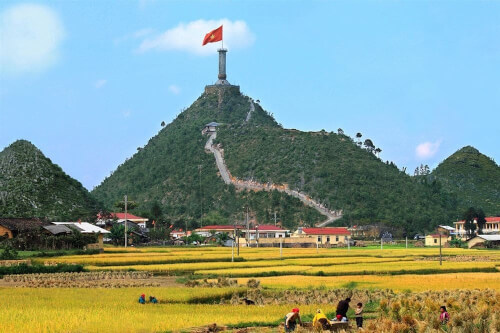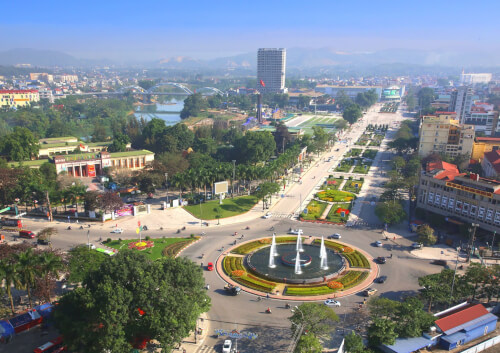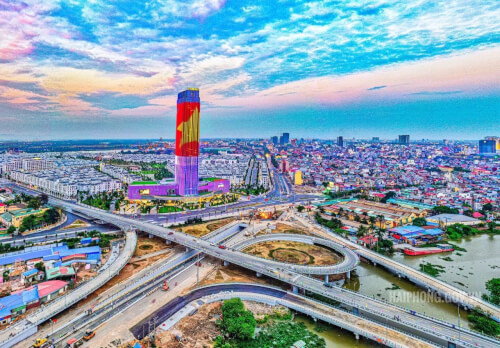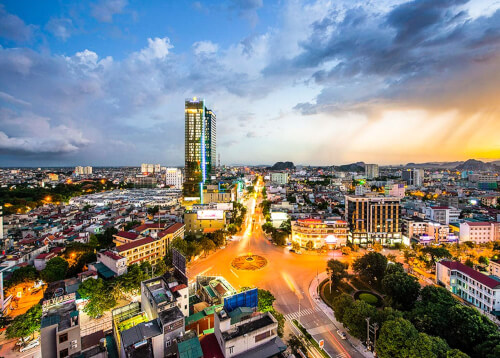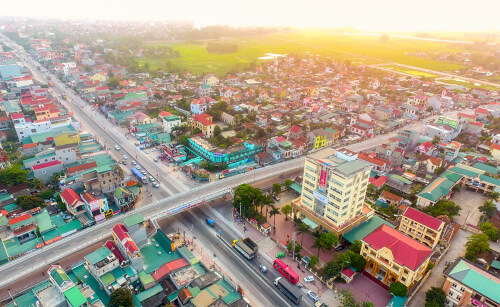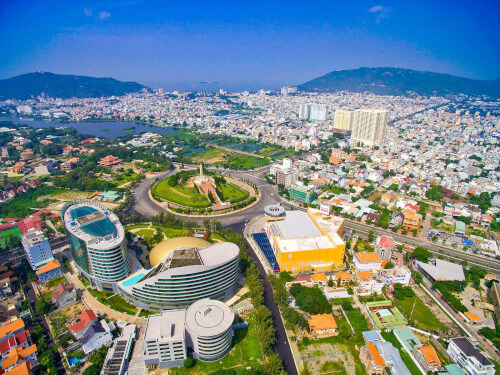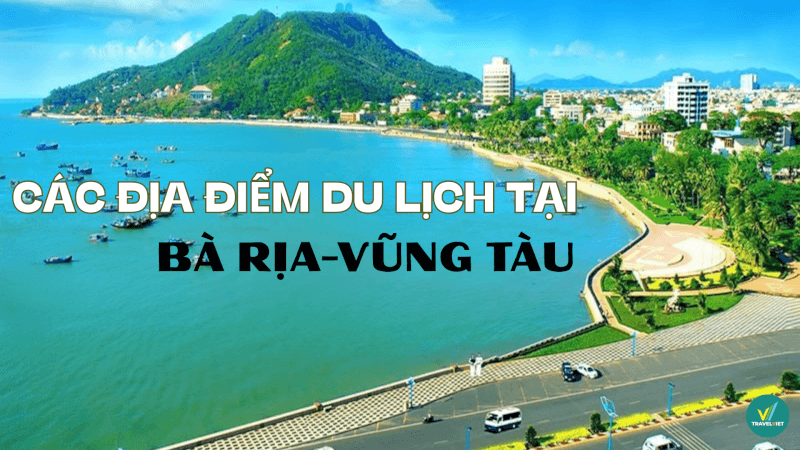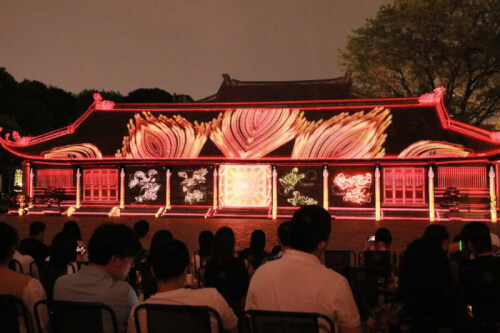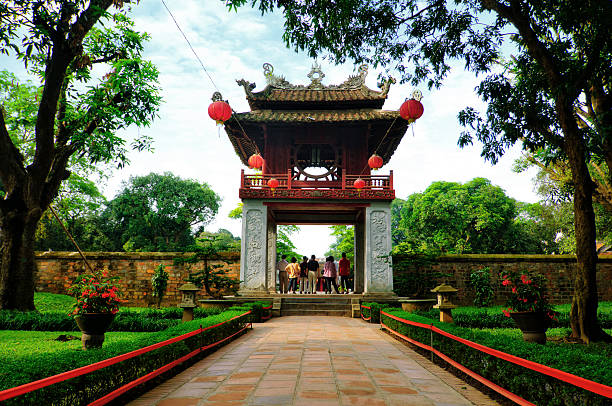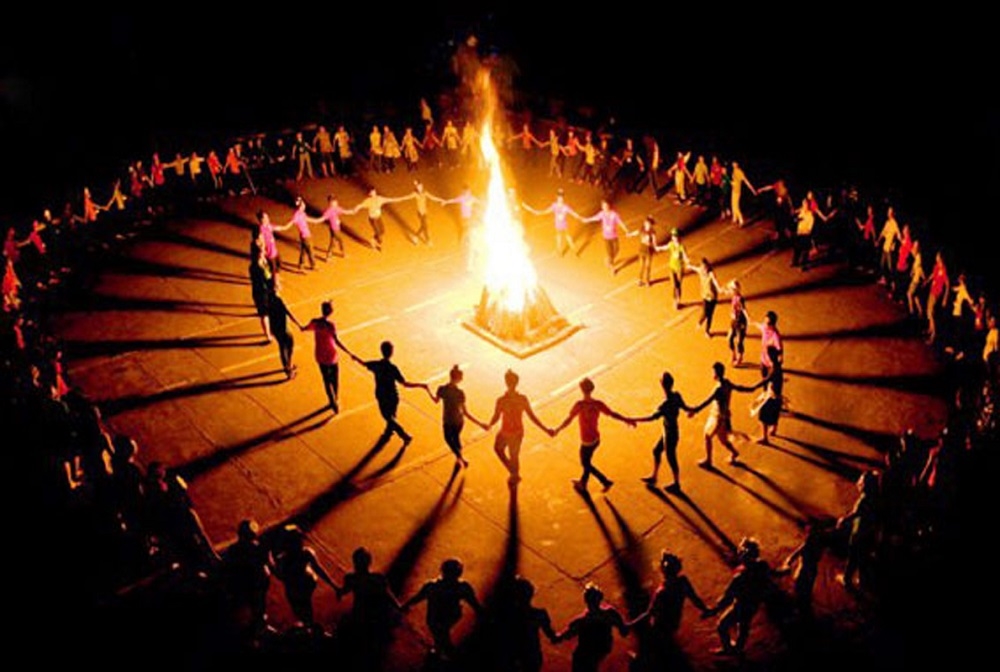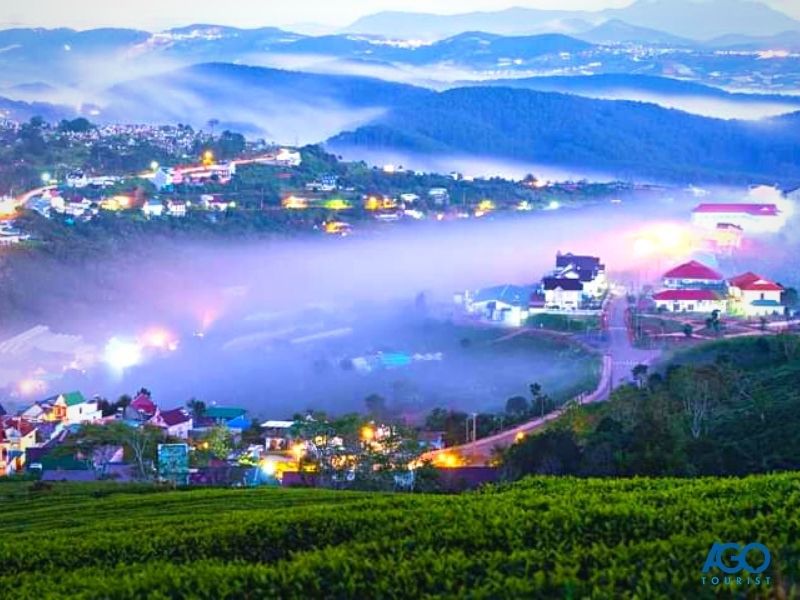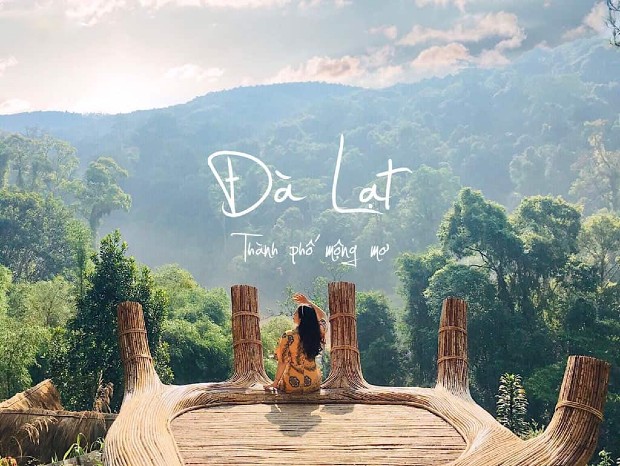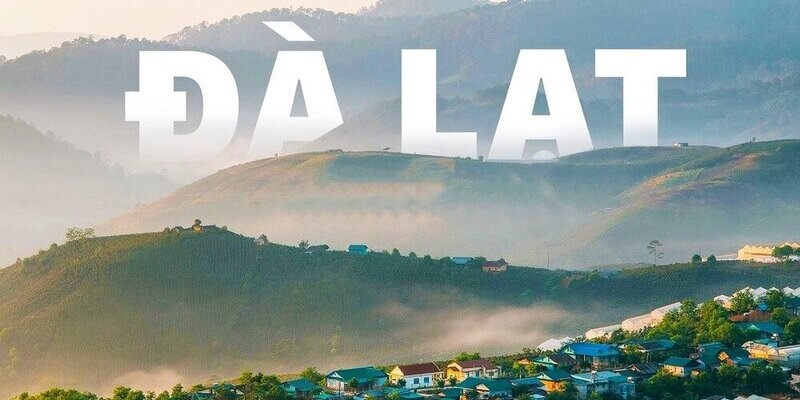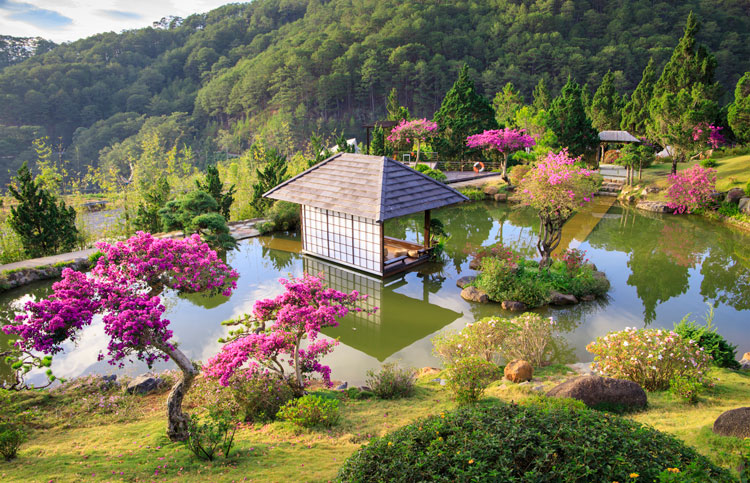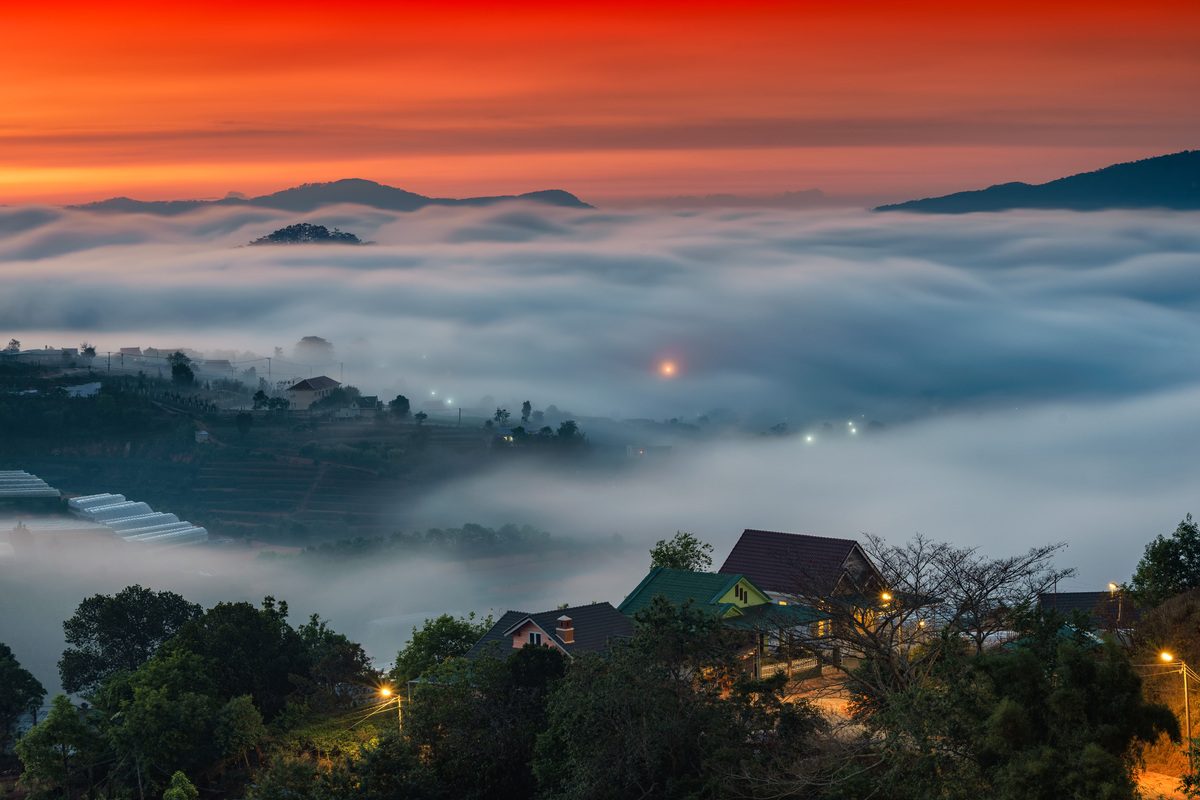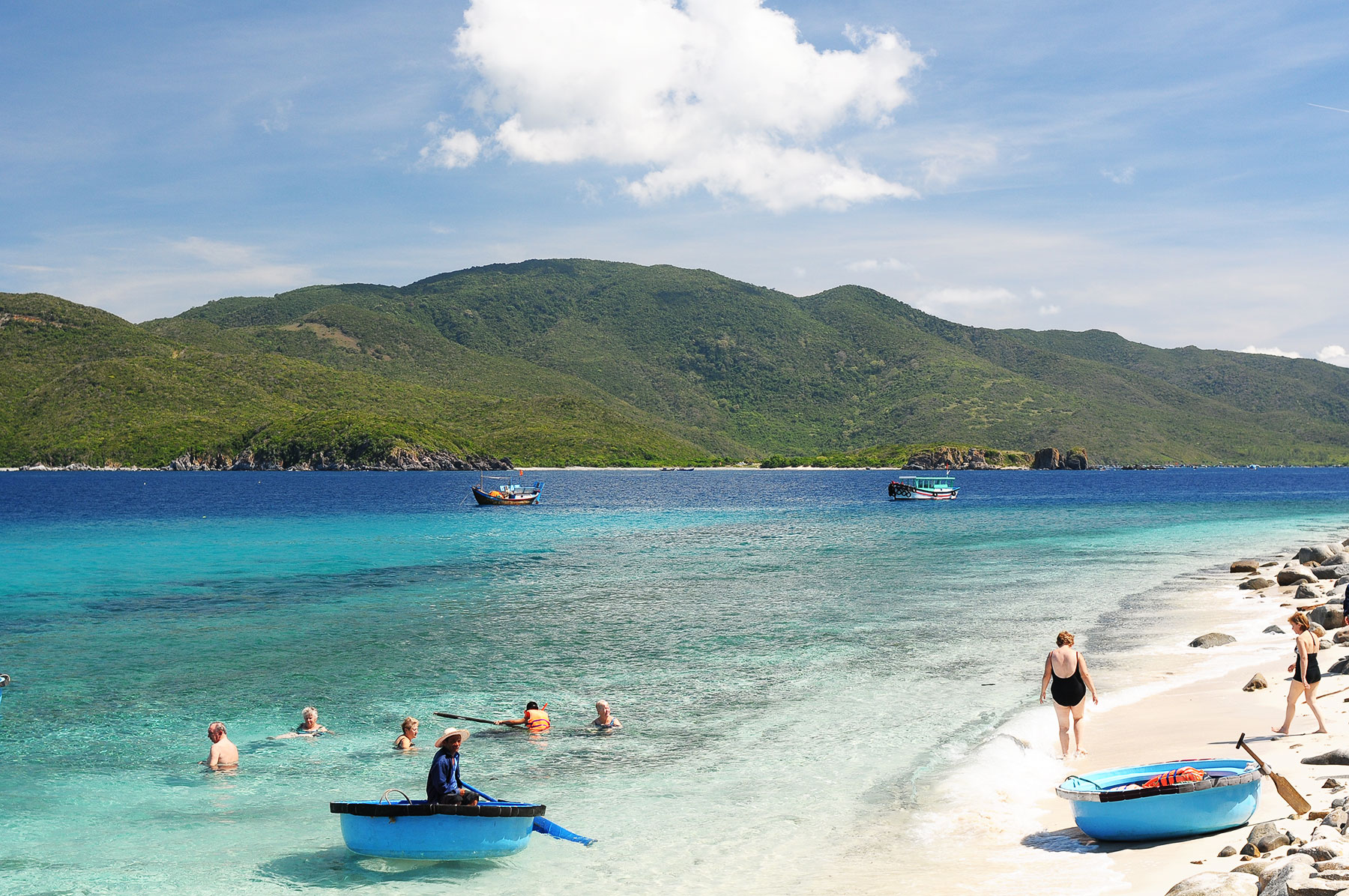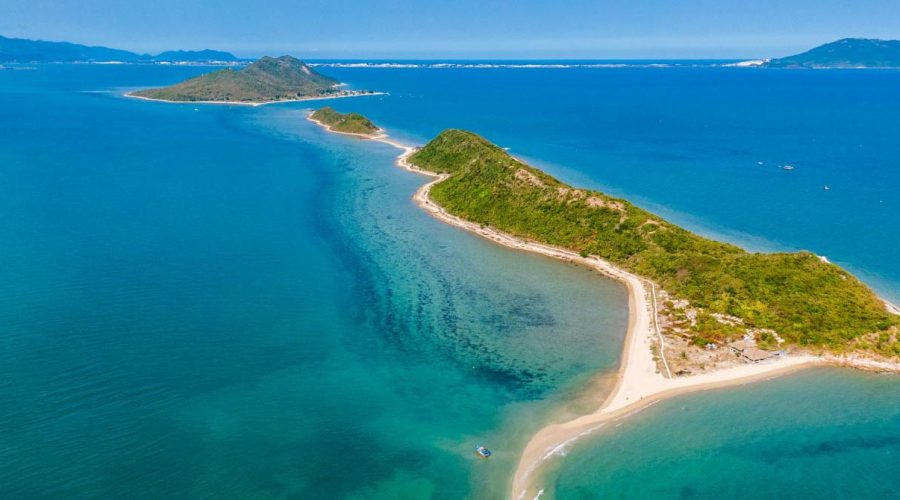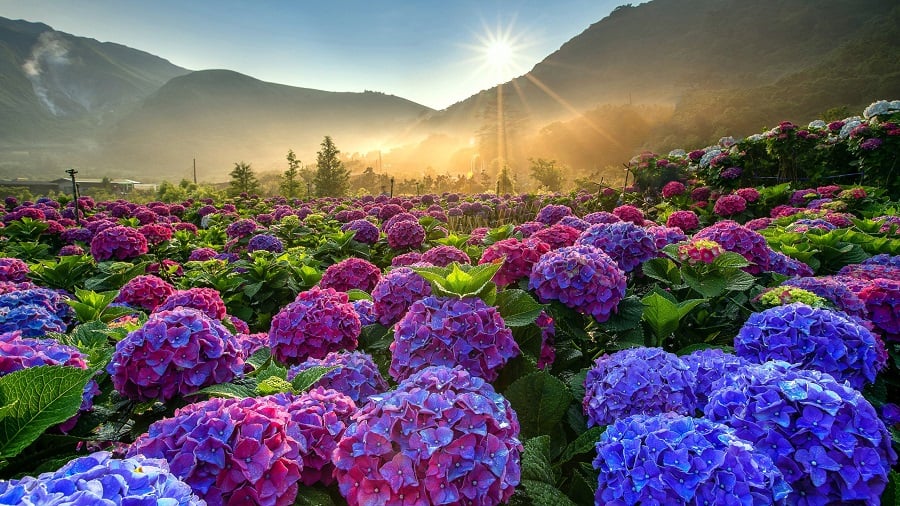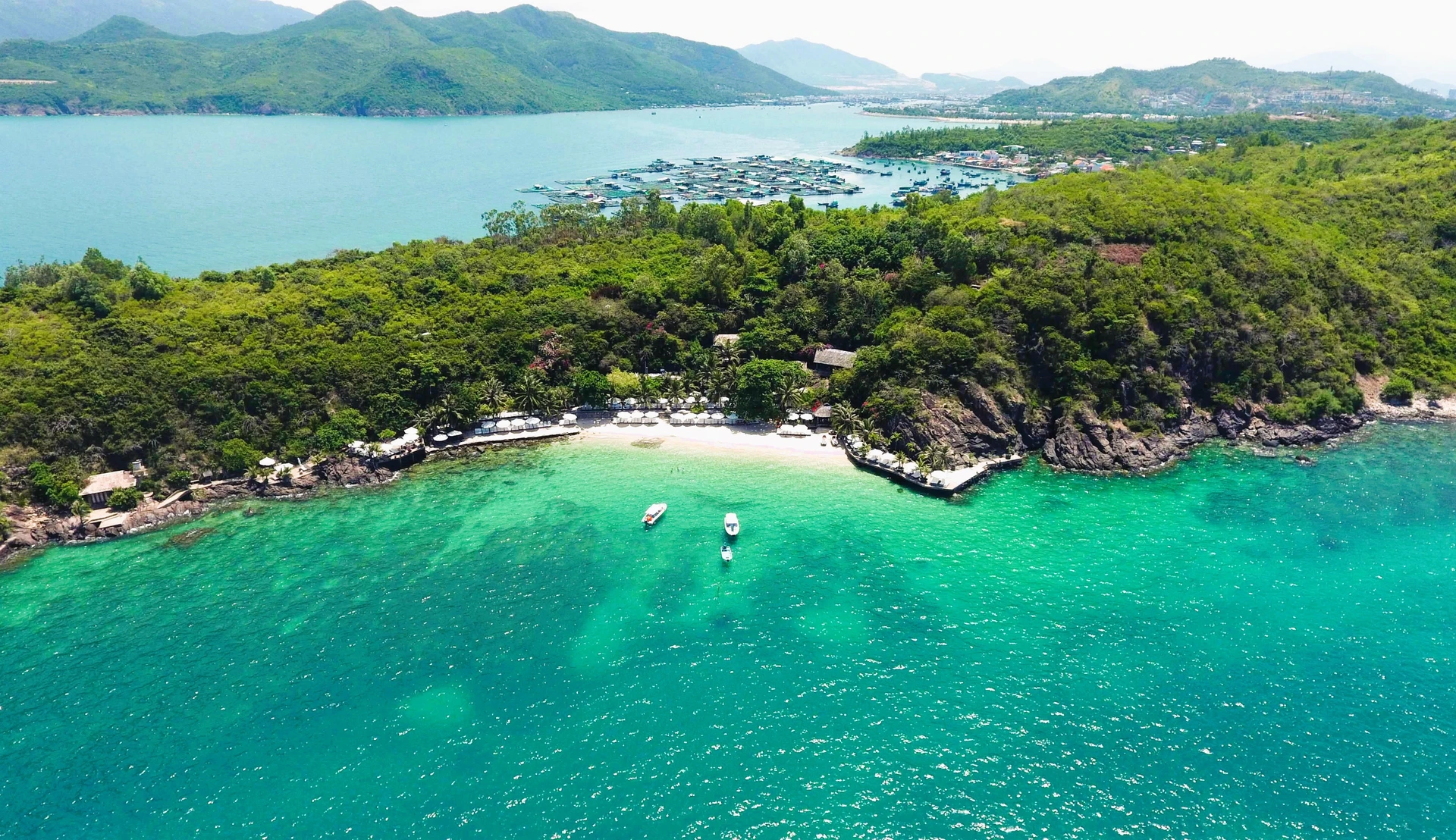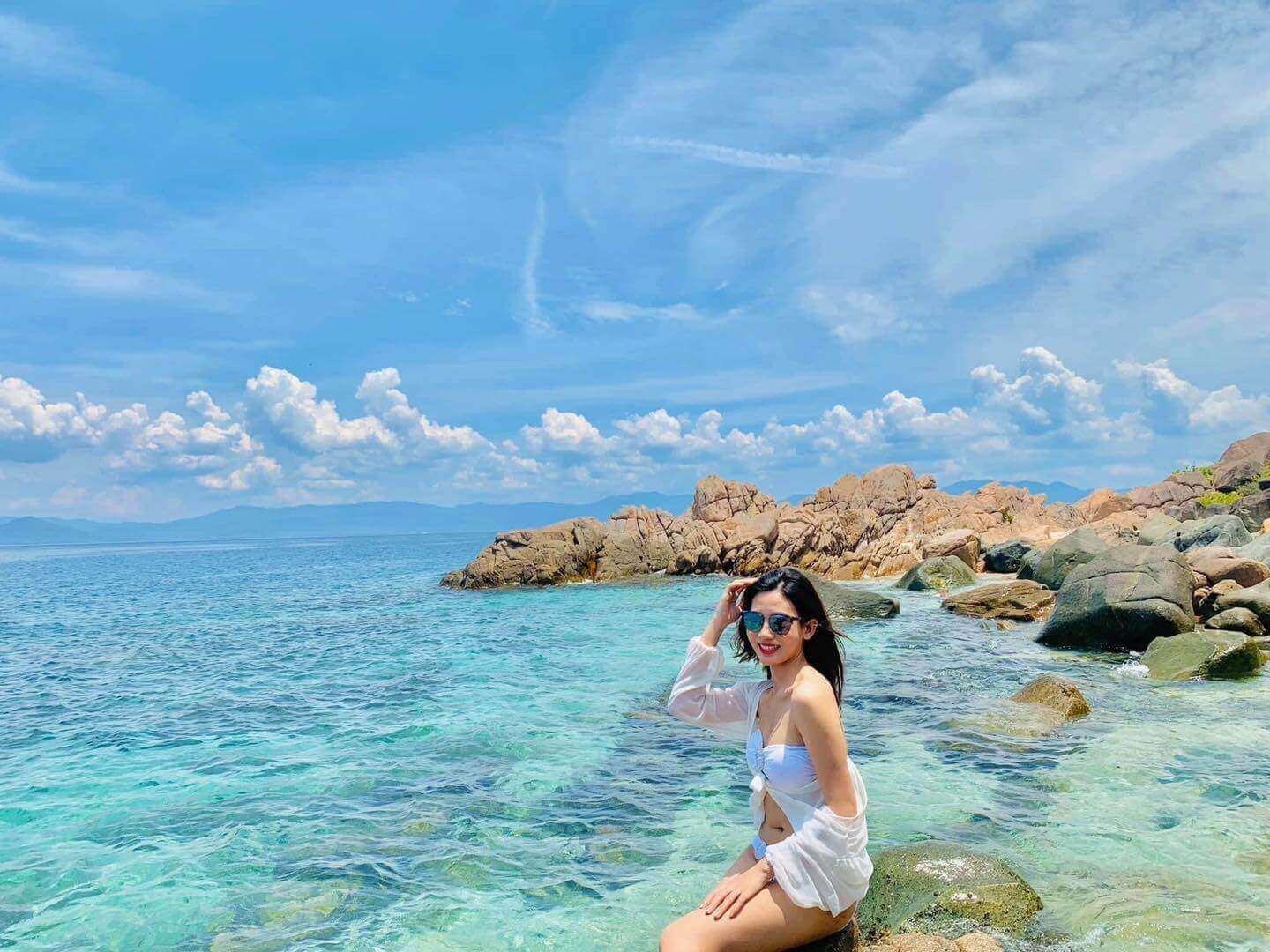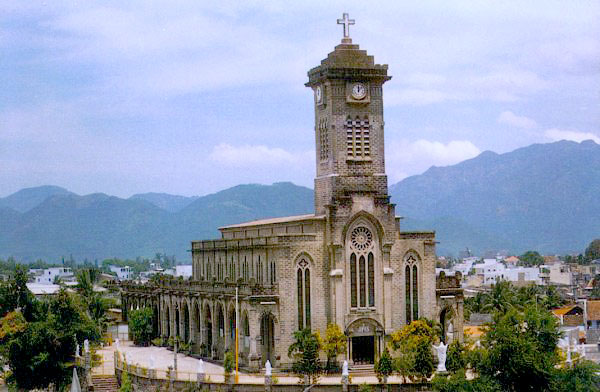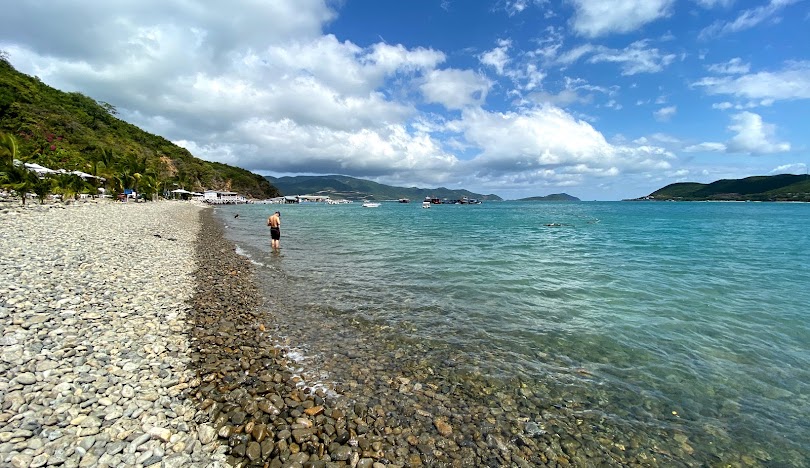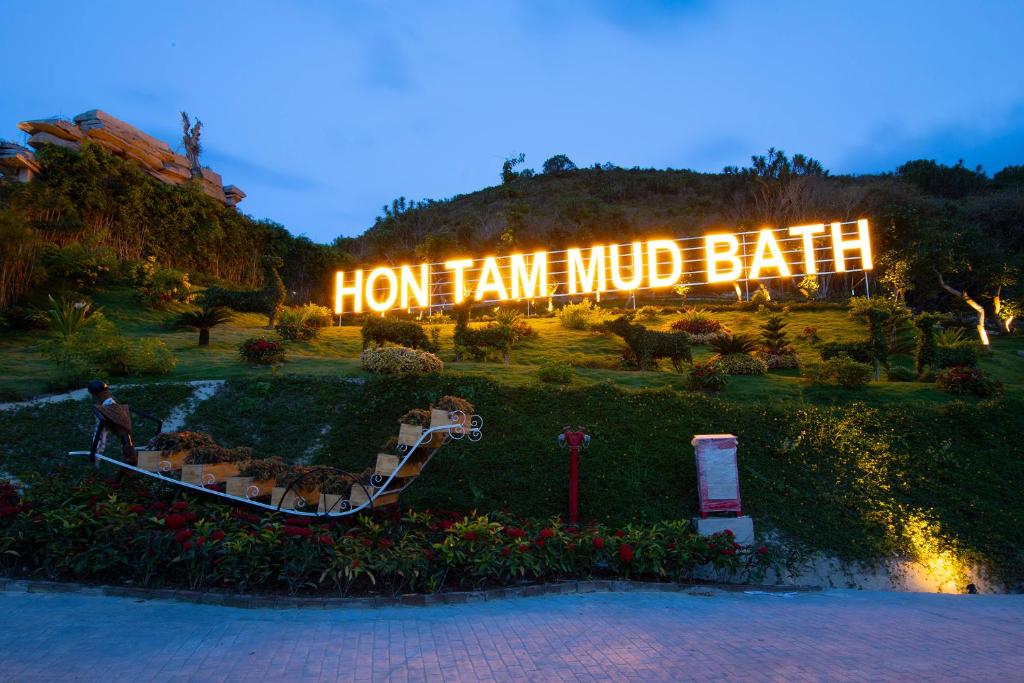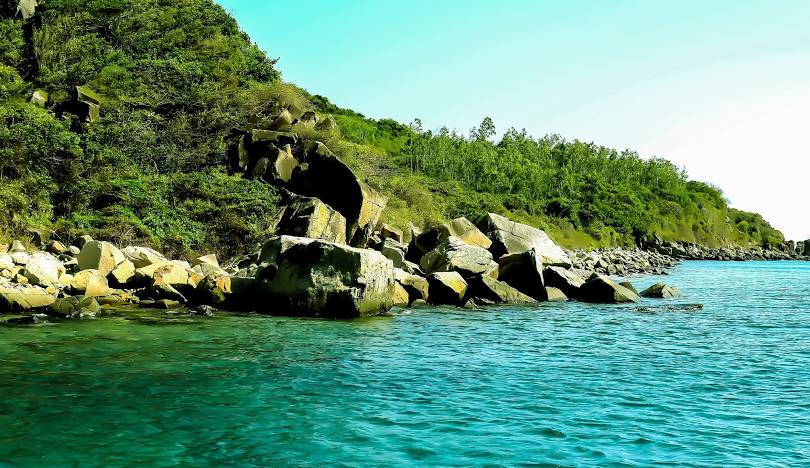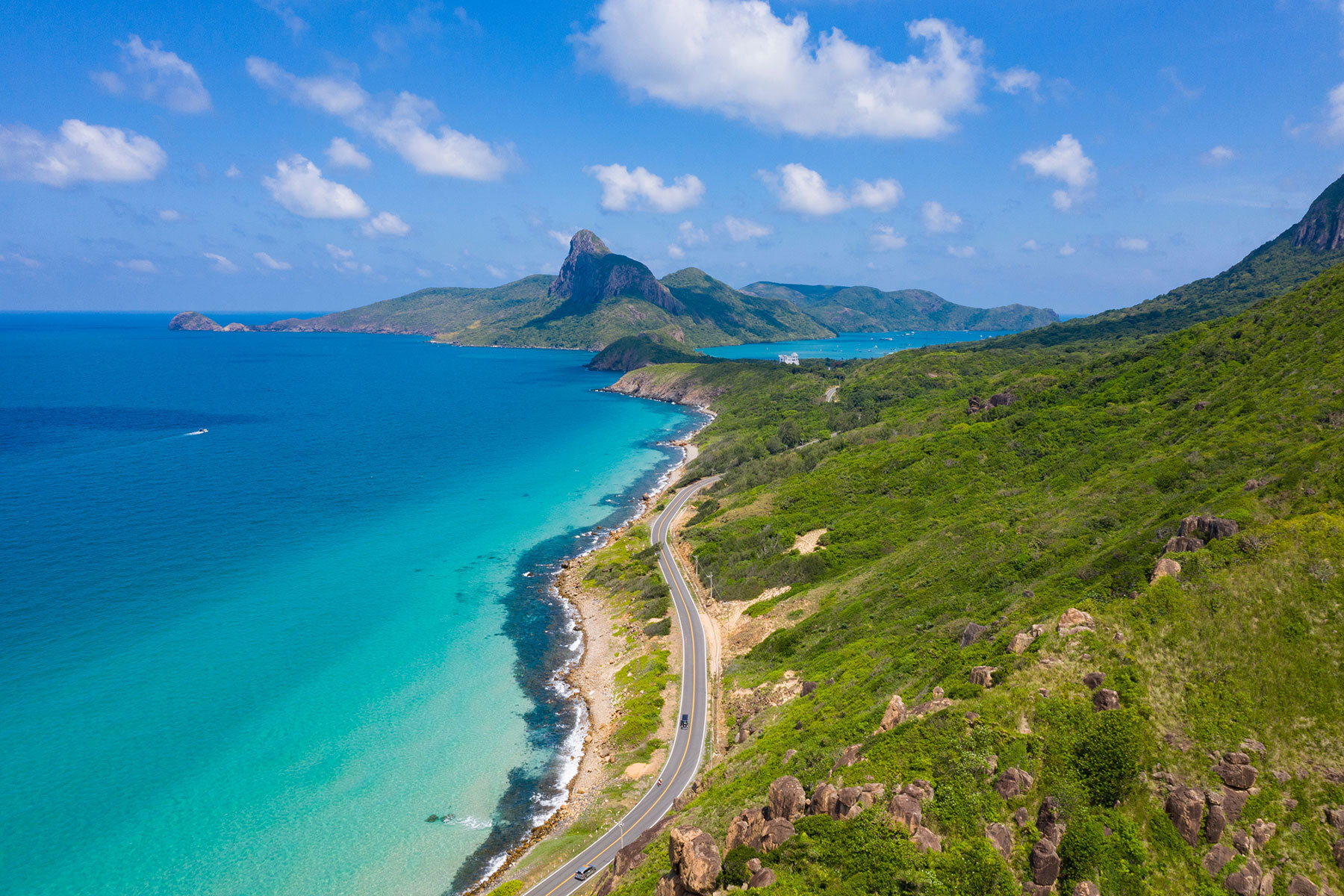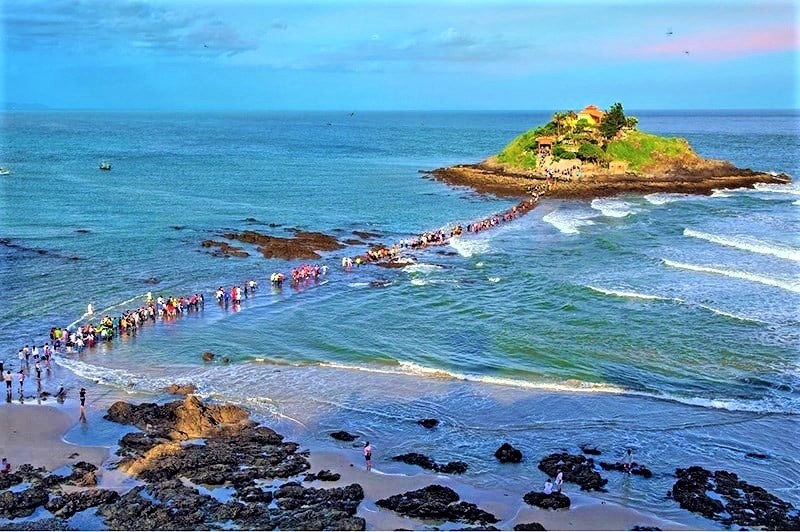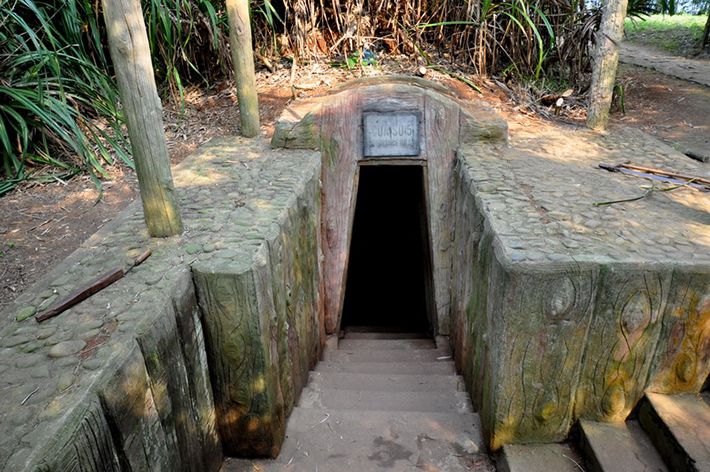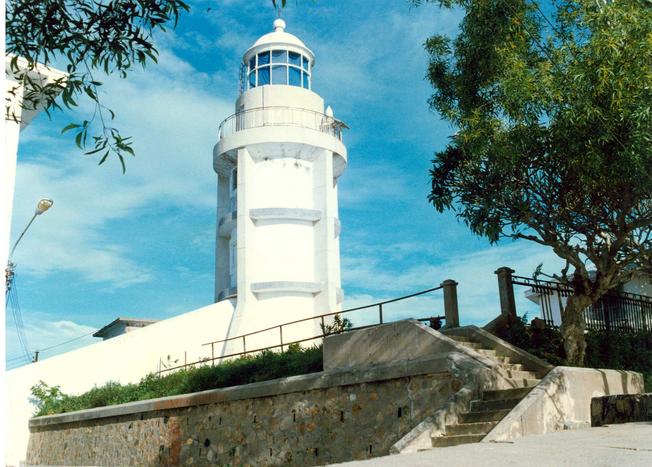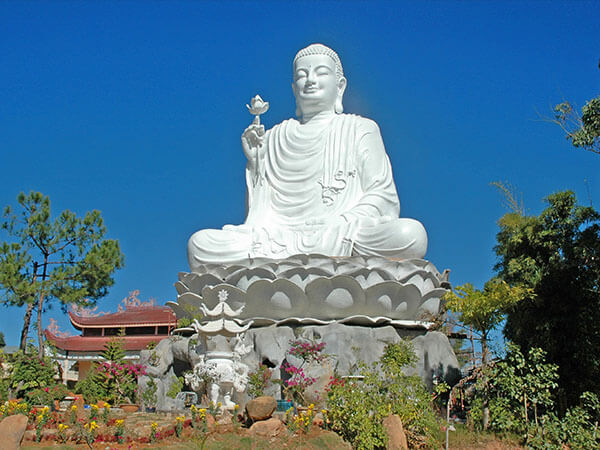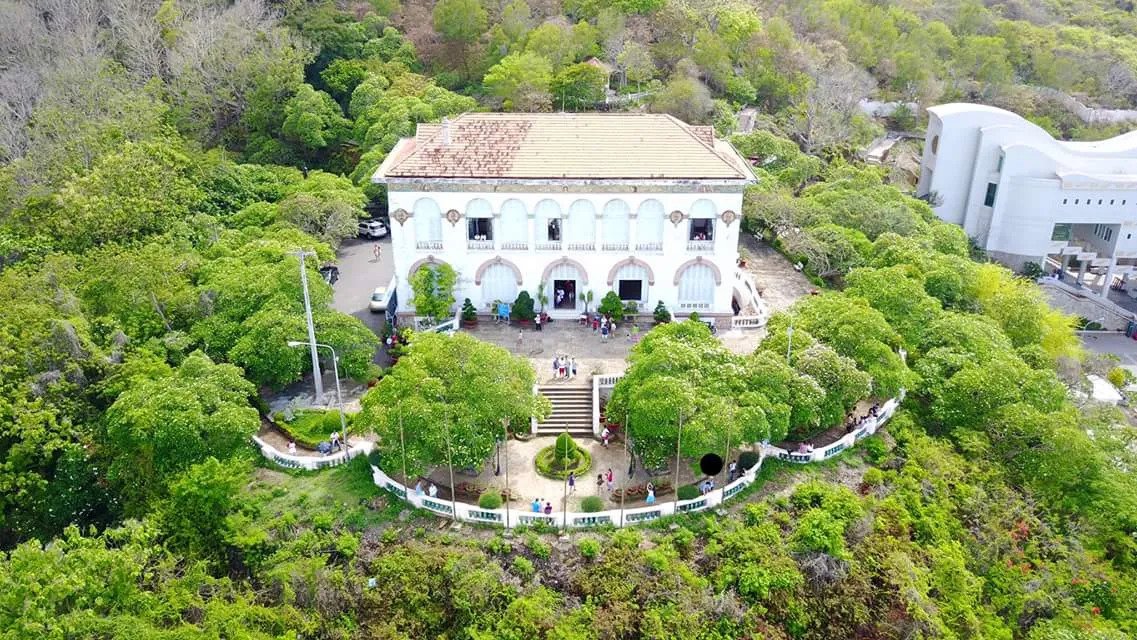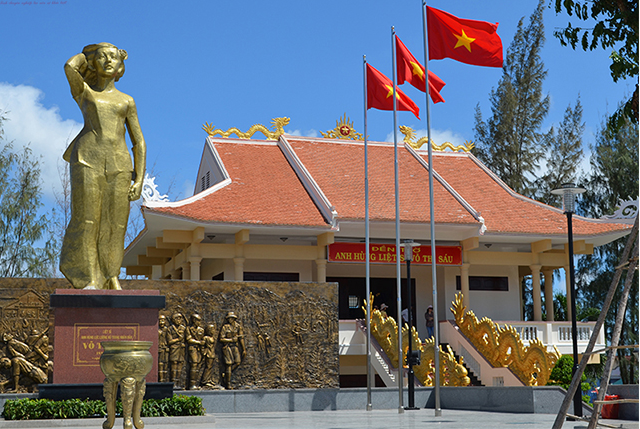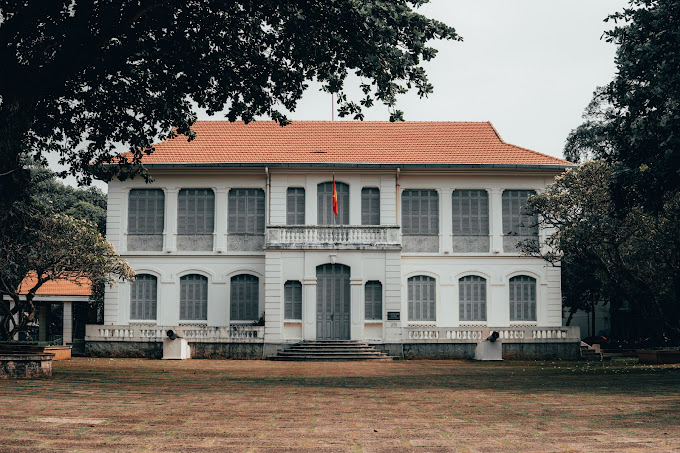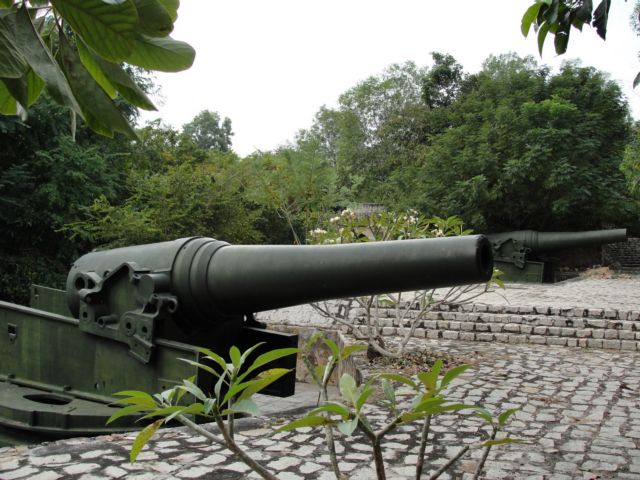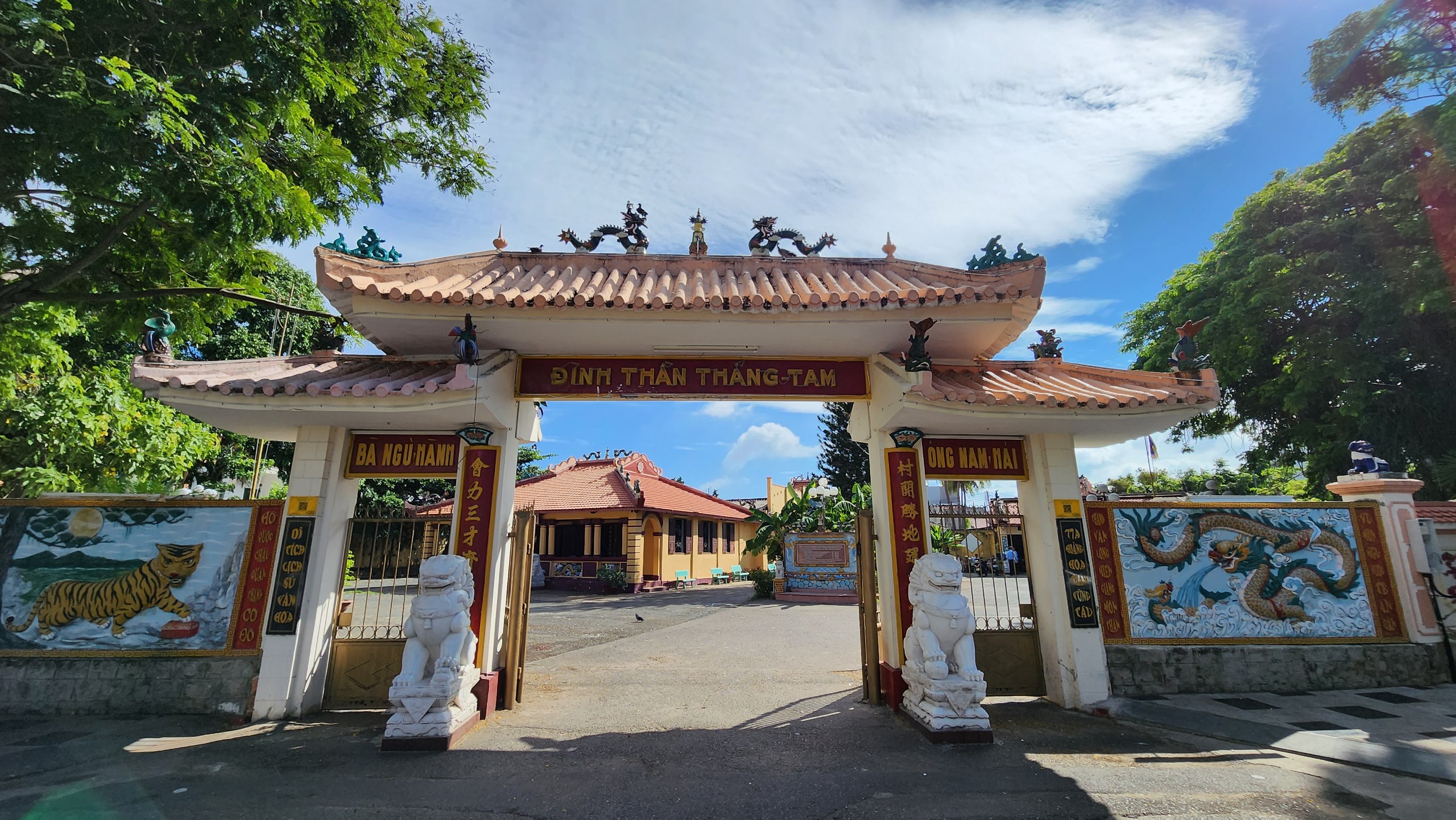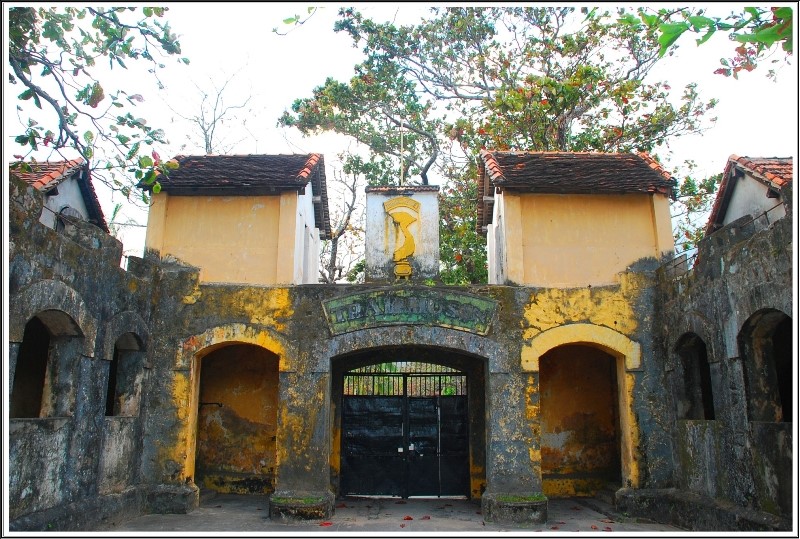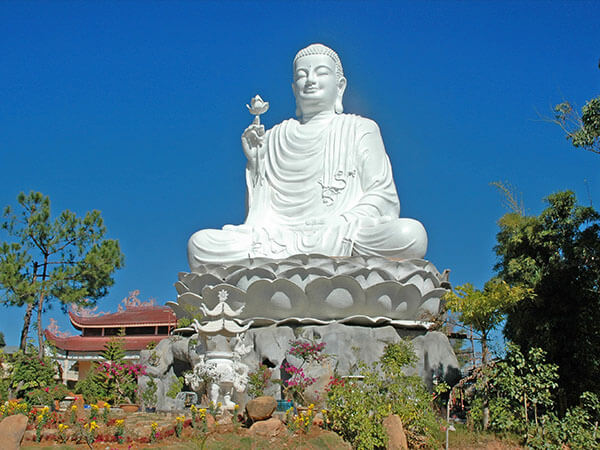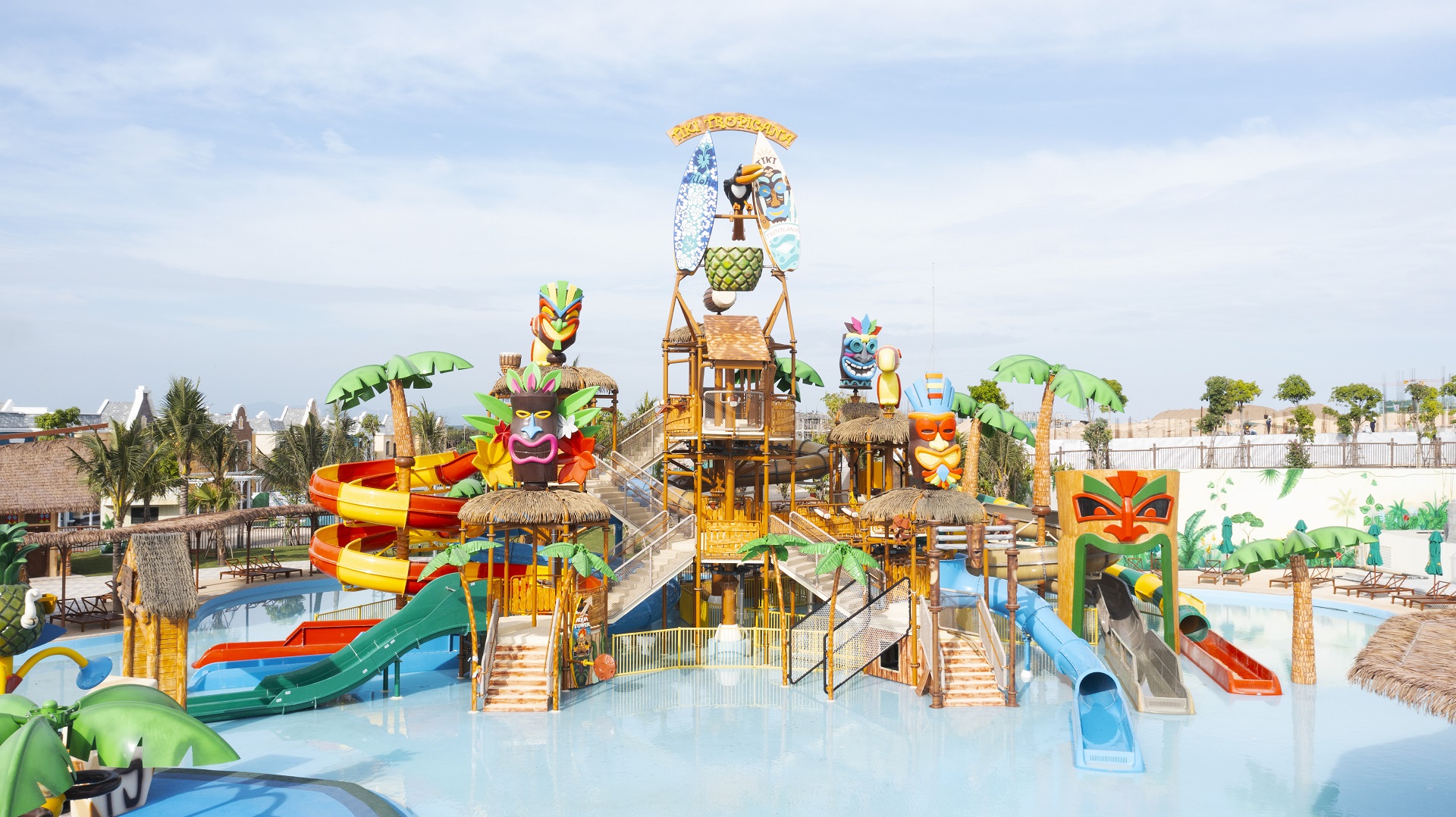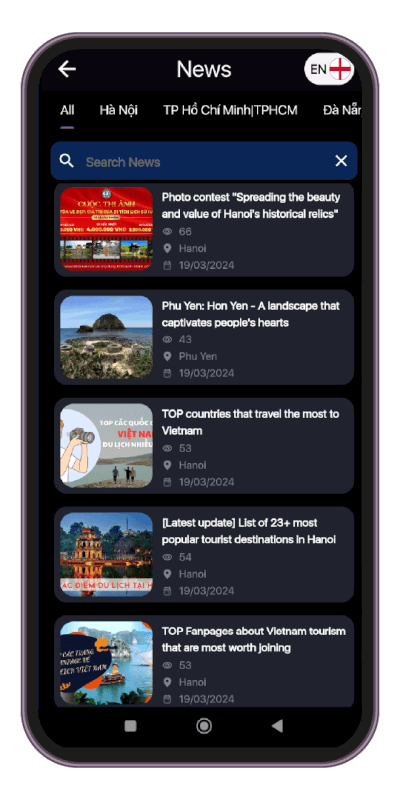Vung Tau is not only famous for its historical and cultural relics but is also home to many other attractive destinations waiting for you to explore. Immediately write down the list of 29 tourist attractions in Ba Ria Vung Tau in your notebook and prepare for memorable trips!
Ba Ria - Vung Tau not only attracts tourists with its blue beaches and gentle waves. This place is also famous for countless cultural works and beautiful natural landscapes. Coming to Vung Tau, you will have the opportunity to immerse yourself in the majestic scenery of the sea and mountains, blending with the unique culture of this land. So what's there to do in Vung Tau? Join 63Stravel to immediately discover the most wonderful tourist and check-in destinations that you should not miss when coming to this beautiful coastal city!
Top 29 tourist destinations in Ba Ria Vung Tau, visit and forget the way back
Below are tourist destinations in Ba Ria Vung Tau that everyone can save and schedule their trip in this land!
Binh Chau primeval forest
Binh Chau primeval forest is located in Binh Chau – Phuoc Buu Nature Reserve. It is an ideal destination for those who love to explore nature. With a large area of more than 11,000 hectares, this forest stands out with its diverse ecosystem, including mangrove forests, melaleuca forests and rich tropical forests. Coming here, visitors will be immersed in the peaceful space of shady ancient trees, lush green trails and a system of fresh natural streams and lakes.
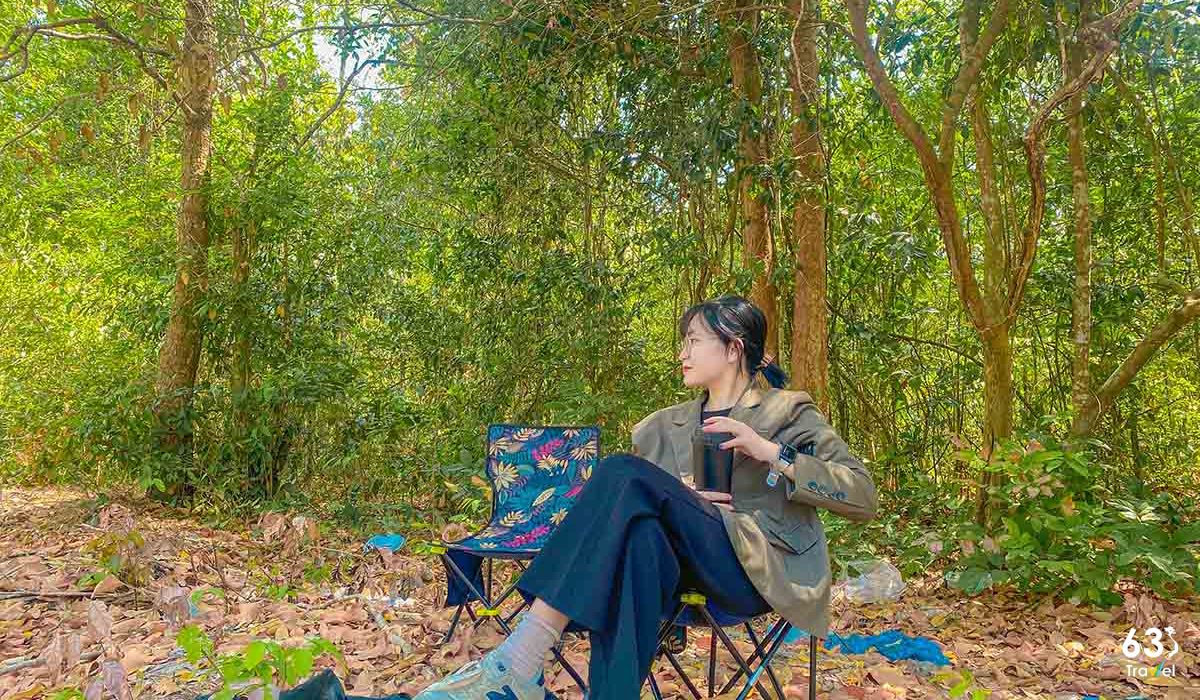
Get lost in Binh Chau National Forest - the most mysterious forest in Vung Tau
Binh Chau primeval forest is not only home to many rare species of animals and plants, but also offers interesting experiences such as trekking, kayaking or camping in the middle of pristine nature. Come and enjoy the wild and romantic beauty of this place, creating unforgettable memories on your journey of discovery!
Green Stone Lake
Da Xanh Lake, nestled among the green hills of Vung Tau, is an emerging destination with wild and poetic beauty. The water surface is clear and smooth like a mirror, reflecting the blue sky and creating a peaceful, majestic scene. Around the lake, natural stone rows curl, contributing to creating a unique and impressive feature for this place.
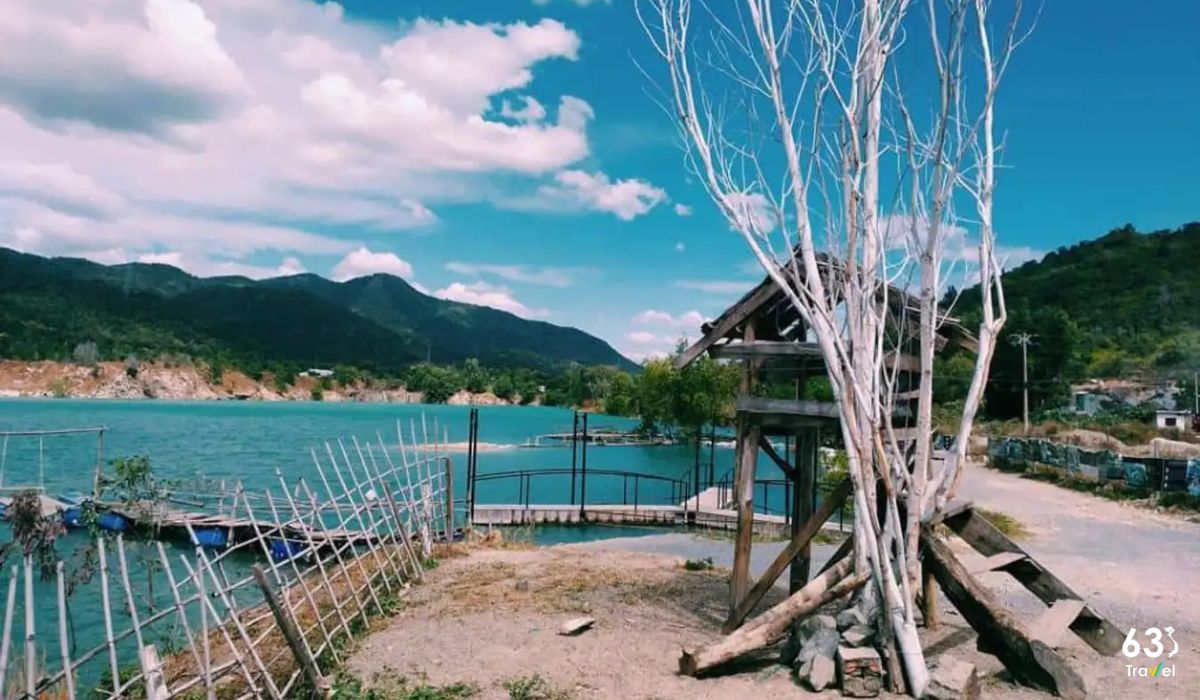
Check-in at Green Stone Lake Vung Tau - Beautiful virtual living coordinates
This place is not only an ideal place to relax and immerse yourself in nature, but also a perfect setting for picnics, camping and photography activities. Coming to Green Stone Lake, visitors will have the opportunity to experience peaceful and memorable moments amidst beautiful nature.
Bach Dinh
Bach Dinh white villa is located on the mountainside in Vung Tau, at 4-6 Tran Phu Street, about 3.3km from Back Beach. With classic Western architecture, Bach Dinh stands out with its sea-facing facade, tiled roof and exquisite sculptural details. Built in 1898, this was once the resort of Emperor Bao Dai and Vietnamese presidents, and later became the place where King Thanh Thai was imprisoned. Today, Bach Dinh still retains the attractive beauty of an ancient villa amidst the nature of the sea and forests.
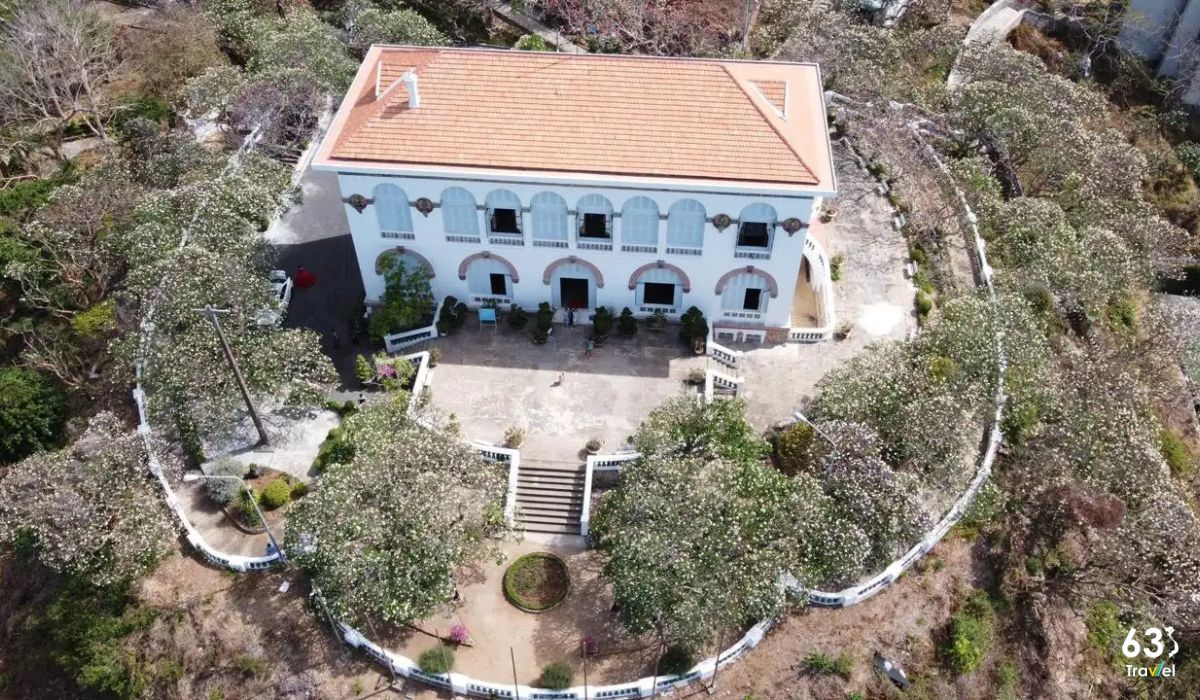
Bach Dinh Vung Tau - Magnificent French villa in the coastal city
Pig hill
Doi Con Heo is an ideal destination for those who love nature and want to explore the wild beauty of Vung Tau. With a moderate height, from the top of the hill, you can have a panoramic view of the city, Back Beach and the deep blue East Sea. The road leading up the hill winds through lush green grass and natural rocks, creating a poetic and peaceful scene.
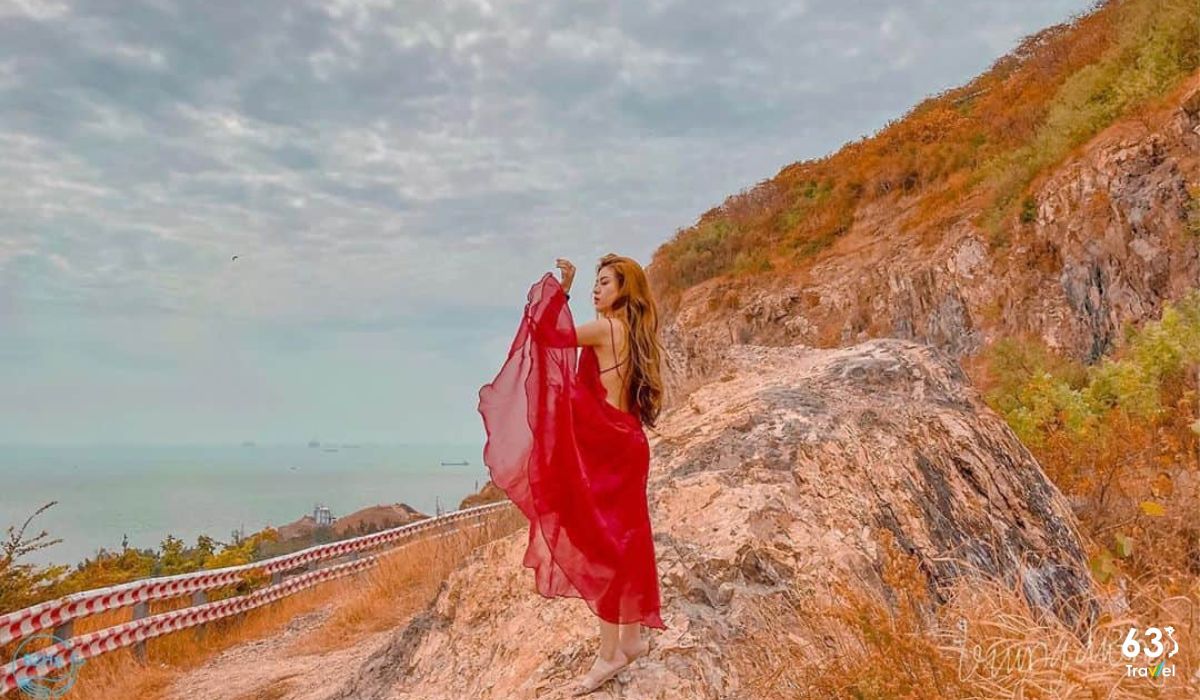
Doi Con Heo - check-in location for young people in Vung Tau
This is the perfect place to catch a brilliant sunrise or watch a romantic sunset. Con Heo Hill is also a paradise for those who are passionate about photography, with its open space, fresh air and charming scenery, it will definitely leave unforgettable memories for all tourists when visiting Vung Tau. .
Fairy Stream Vung Tau
Suoi Tien Vung Tau is an enchanting destination with wild and majestic natural landscapes. This place attracts tourists because of the cool water flowing through the ravines, creating relaxing sounds in a peaceful space.
This area also stands out for its rich ecosystem, where ancient trees grow to give shade and wildflowers bloom along the walkways. When coming to Suoi Tien, you will be immersed in beautiful nature, enjoy wonderful moments of relaxation and explore exciting picnic activities, leaving an unforgettable impression in the hearts of every visitor.
Shakyamuni Buddha Temple
Shakyamuni Pagoda is located on the slopes of Lon Mountain in Vung Tau, and is a sacred and attractive spiritual destination. Built in 1962, the pagoda has become a place of pilgrimage and practice for many Buddhists, attracting a large number of domestic and foreign tourists to visit and worship. Standing out among the temple's architectural complex is the 6-meter-high statue of Shakyamuni Buddha, meditating on a lotus, located at the highest position on the campus.

Shakyamuni Buddha Dai - Famous religious attraction in Vung Tau
The pagoda also includes many other architectural works such as Stupa, Tinh That and exquisite bas-reliefs recounting the life of Buddha. The temple space is peaceful and airy, surrounded by green forests, creating a harmonious and peaceful natural scene, giving visitors a feeling of peace and serenity when coming here.
Ho May tourist area
Ho May tourist area is one of the most prominent and attractive destinations of Vung Tau. Located at an altitude of over 210m, this place not only has a cool, temperate climate but also offers a beautiful panoramic view, covering the entire city. That's why Ho May is known as "miniature Da Lat" in the heart of Vung Tau.
Visitors can choose to travel to Ho May by road or experience the cable car from Big Mountain, to admire the poetic beauty of Vung Tau's nature from above. Lake May is divided into 5 areas with countless interesting games and activities. Among them, water skiing, paintball, zipline and 5D cinema are experiences not to be missed.
In addition, Ho May campus also has 5 restaurants, ensuring you will always have delicious meals during your tour. Come and explore Ho May, which promises to bring fun and memorable moments for you and your family!
Pearl Island Vung Tau
Vung Tau Pearl Island, also known as Cu Lao Bai Ngua, is a precious gem of Vung Tau waters. This small island attracts visitors at first sight with its unique natural structure, where perennial parrot and mangrove trees intertwine to form a lush green wall, both protecting the island from ocean waves and creating so the walking path is full of fun.
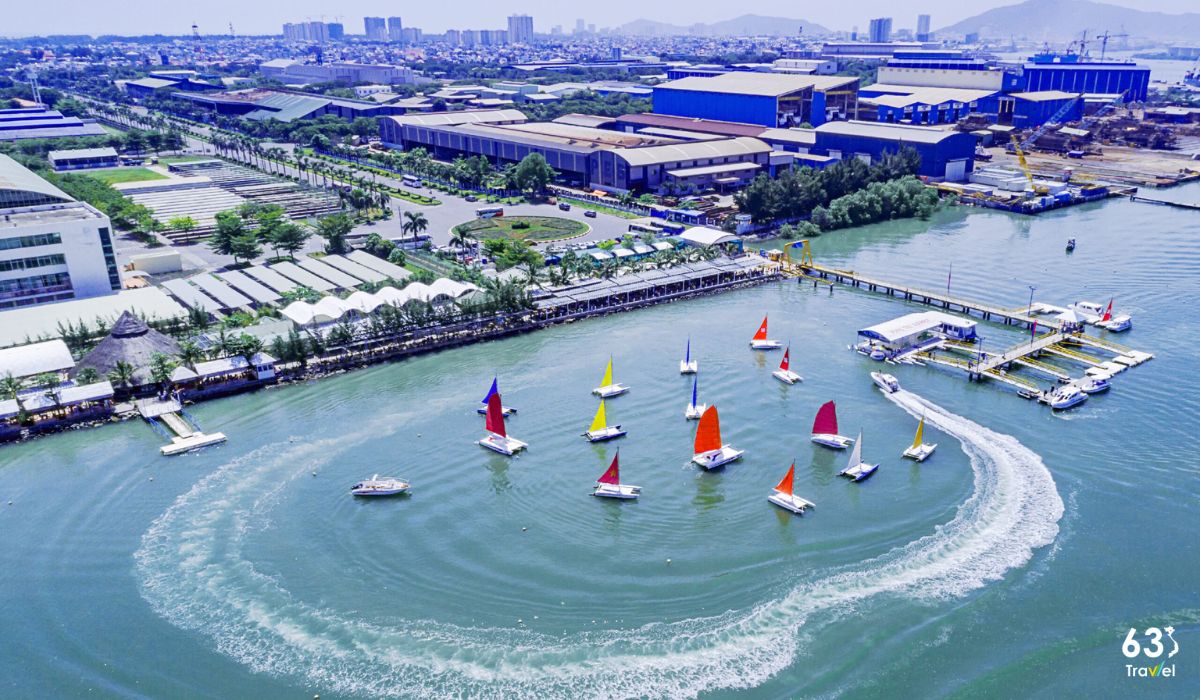
Explore Vung Tau Pearl Island
The island also stands out with its fine white sand and clear blue sea, creating a beautiful and peaceful scene, ideal for those who want to find a place to relax and enjoy nature. In particular, under the clear water are rich coral reefs, attracting diving enthusiasts to explore.
Inside the island, visitors will be amazed by the quiet saltwater lake, an ideal place for activities such as kayaking, fishing or water cycling. The mild climate and charming scenery of Pearl Island will certainly bring unforgettable experiences, especially suitable for families, groups of friends or collective travel groups.
>> Learn more: 15+ famous historical sites in Ba Ria Vung Tau, formed a long time ago
Dinh Mountain
Dinh Mountain is about 6 km north of Ba Ria city center, located in Tan Thanh district, an ideal destination for those who love nature and history. With a height of 504 meters, Dinh Mountain not only stands out for its charming scenery but is also home to many of the most unique pagodas and temples in Ba Ria - Vung Tau province.
Looking up from Highway 51, the mountain range appears like a giant elephant lying prostrate, facing the sea, creating a majestic yet intimate scene. It only takes about 10 minutes by motorbike to reach the top, where the cool Tien stream and Da stream flow through, forming five clear blue lakes, ideal for cool bathing and relaxation.
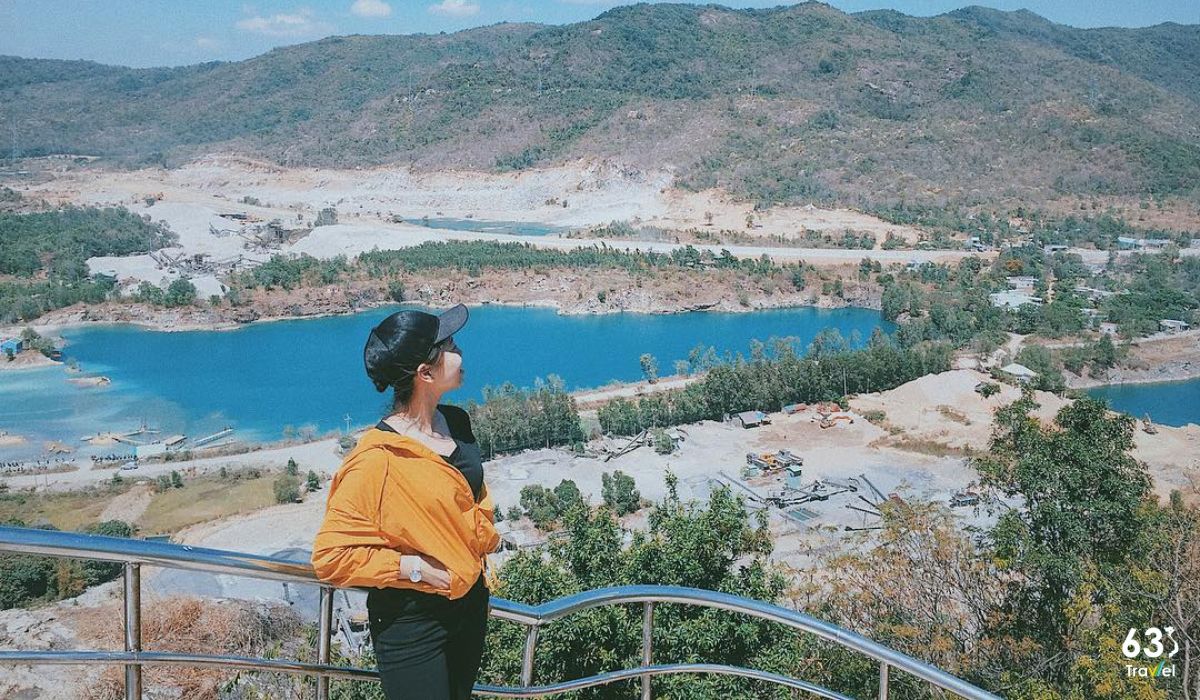
Dinh Mountain Vung Tau - Super cool destination for first time trekking
Not only attractive by its natural beauty, Dinh Mountain also carries important historical imprints. This was once the revolutionary base of units in the Southeast battlefield, a witness to arduous but heroic battles.
On the top of the mountain, pure pagodas are hidden among the rocky slopes, notably Hang Pagoda, Dai Tung Lam Pagoda, Tay Phuong Pagoda... In particular, around Dinh Mountain there are about 100 pagodas and small temples. , in which Phat Quang Pagoda, To Cave, Day Bi Cave, Mai Cave, Bung Lung, Dieu Linh Pagoda, Bat Cave... are all sacred places and attract many visitors from all over to worship and sightsee. .
Hai Dang Vung Tau
Vung Tau Lighthouse is a majestic historical symbol built in 1862. Located on top of Small Mountain, it is a destination not to be missed when visiting the coastal city. With a height of about 18 meters, the lighthouse stands tall in striking white paint. From here, you can have a panoramic view of Vung Tau city and the vast ocean. The road leading up to the lighthouse is winding, winding between lush green forests, creating a rare romantic and peaceful space.
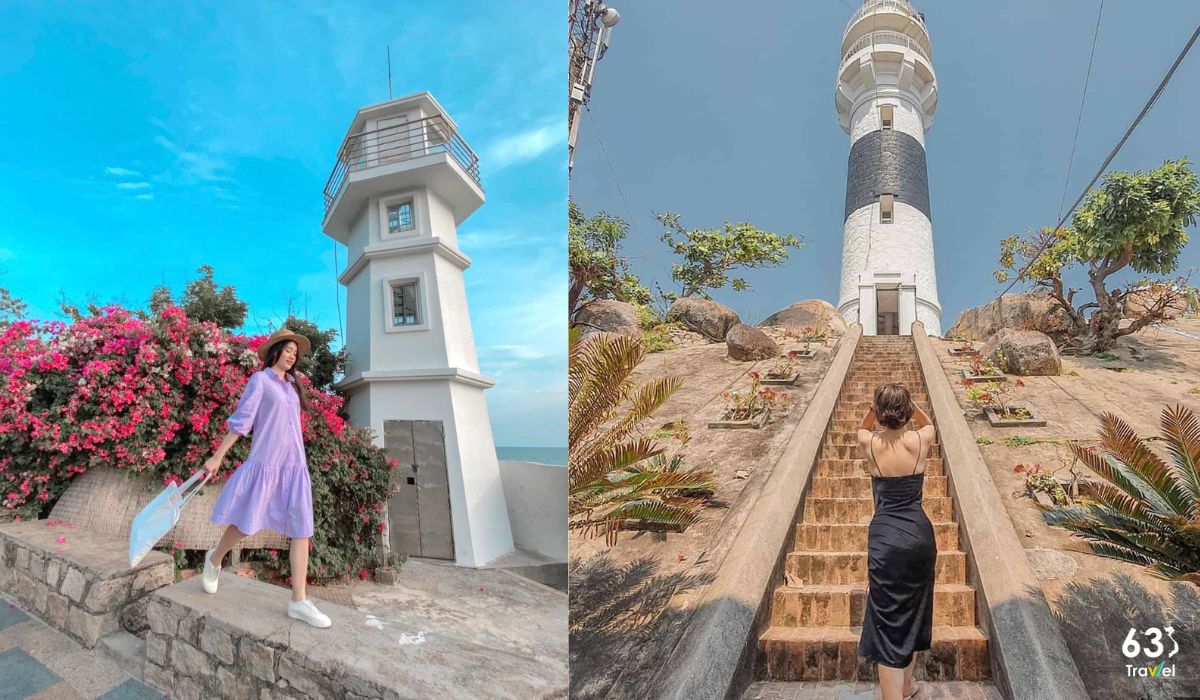
Vung Tau Lighthouse - A place not to be missed when coming to the beloved coastal city
Tourists come here not only to admire the ancient architecture but also to enjoy the fresh air and take enchanting photos amid wonderful natural scenery. You can choose a motorbike or car to get to the lighthouse, but many people like to walk, explore every turn on their own and fully feel the poetic beauty and a bit of gentle, exciting adventure.
Nghinh Phong Cape
Nghinh Phong Cape is one of the prominent destinations in Vung Tau, attracting tourists with its wild natural beauty and quiet space. The name "Nghinh Phong" means "welcoming the wind," accurately reflecting the characteristics of this place with cool sea breezes blowing all year round, bringing a pleasant and relaxing feeling.
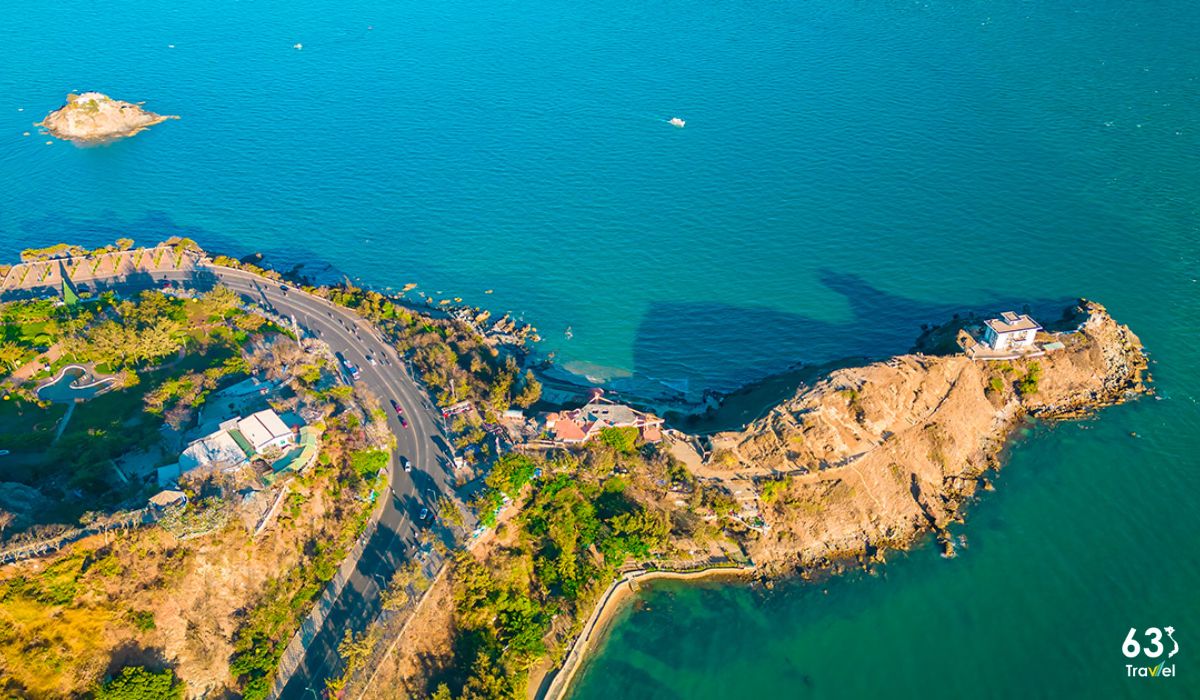
Nghinh Phong Cape, Vung Tau - heaven's gate makes young people ecstatic
Nghinh Phong is a cape protruding into the sea, opening before your eyes the majestic scenery of the deep blue sea and smooth white sand. Coming here, visitors can immerse themselves in the cool breeze, listen to the rhythmic sound of waves and admire the moments of brilliant sunrise or romantic sunset, when the sky transforms into brilliant colors.
Not only attractive by its poetic seascape, Nghinh Phong Cape is also a paradise of beautiful photography angles. Stone steps leading down to the sea, unique sky gates and natural rocky beaches create the ideal backdrop for impressive "check-in" photos. This is truly an ideal destination for those who want to seek relaxation, tranquility and immerse themselves in the natural beauty of Vung Tau.
Zenna Pool Camp
Zenna Pool Camp is located on Long Hai beach, an enchanting camping and resort area. Where you can enjoy green space and modern amenities in a wonderful natural setting. With an ideal location on the beach, Zenna Pool Camp gives visitors a unique experience when immersing themselves in beautiful nature, listening to the whispering ocean waves and feeling the cool fresh air.
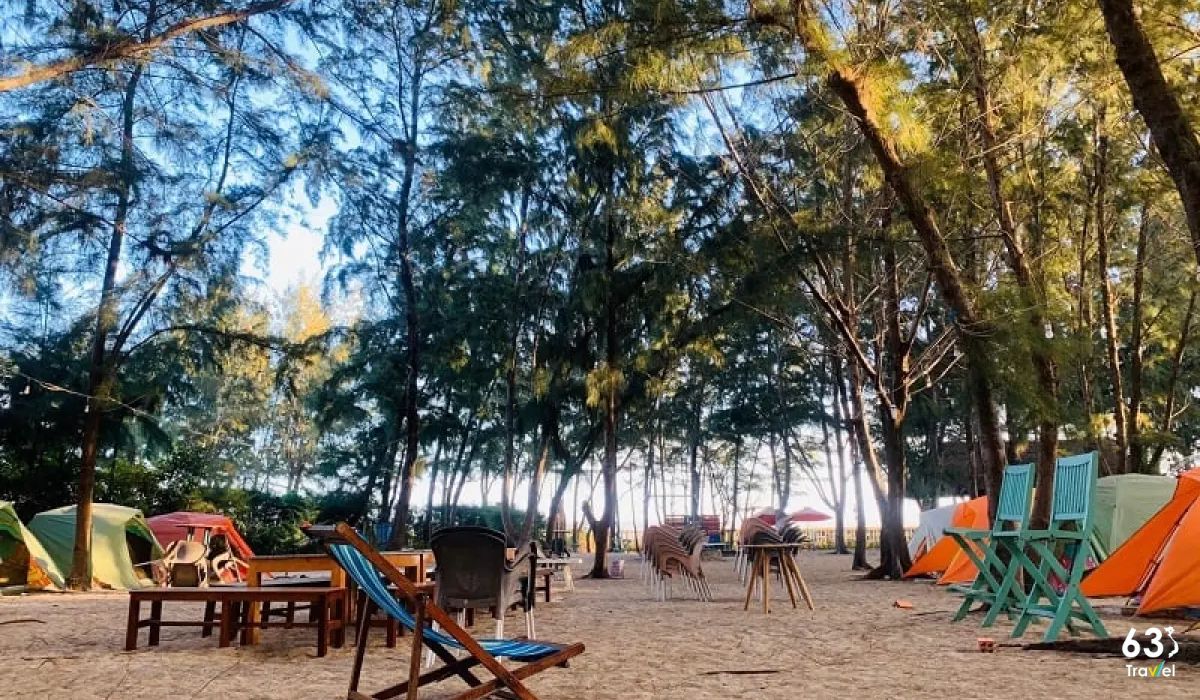
Zenna Pool Camp - The hottest camping spot in Vung Tau
The campsite is fully equipped with a clear blue swimming pool, stylish restaurant, vibrant entertainment area and luxurious tents, creating a comfortable and classy resort space. Here, visitors can freely participate in many interesting activities such as swimming, organizing BBQ parties, fishing and playing group games.
When night falls, Zenna Pool Camp becomes romantic with sparkling lights, creating a cozy and intimate space. This is truly the ideal destination for families, groups of friends or couples looking for relaxation and fun in a beautiful and peaceful natural setting.
Vong Nguyet Beach
Vong Nguyet Beach, located at the foot of Nho Mountain, is one of the most beautiful and peaceful beaches of Vung Tau. With fine white sand and clear blue water, this place attracts tourists with its wild beauty and quiet space, ideal for those who want to temporarily get away from the noise of daily life. This beach is also famous for its romantic scenery when the moonlight gently reflects on the water, creating a magical, poetic picture that captivates people's hearts.
Statue of Christ in Vung Tau
Statue of Christ Vung Tau, also known as Statue of Jesus Christ the King, is one of the prominent and symbolic symbols of the coastal city of Vung Tau. Located atop Small Mountain and inaugurated in 1993, this majestic statue is 32 meters high with an arm span of 18.4 meters, one of the largest Jesus statues in Asia.
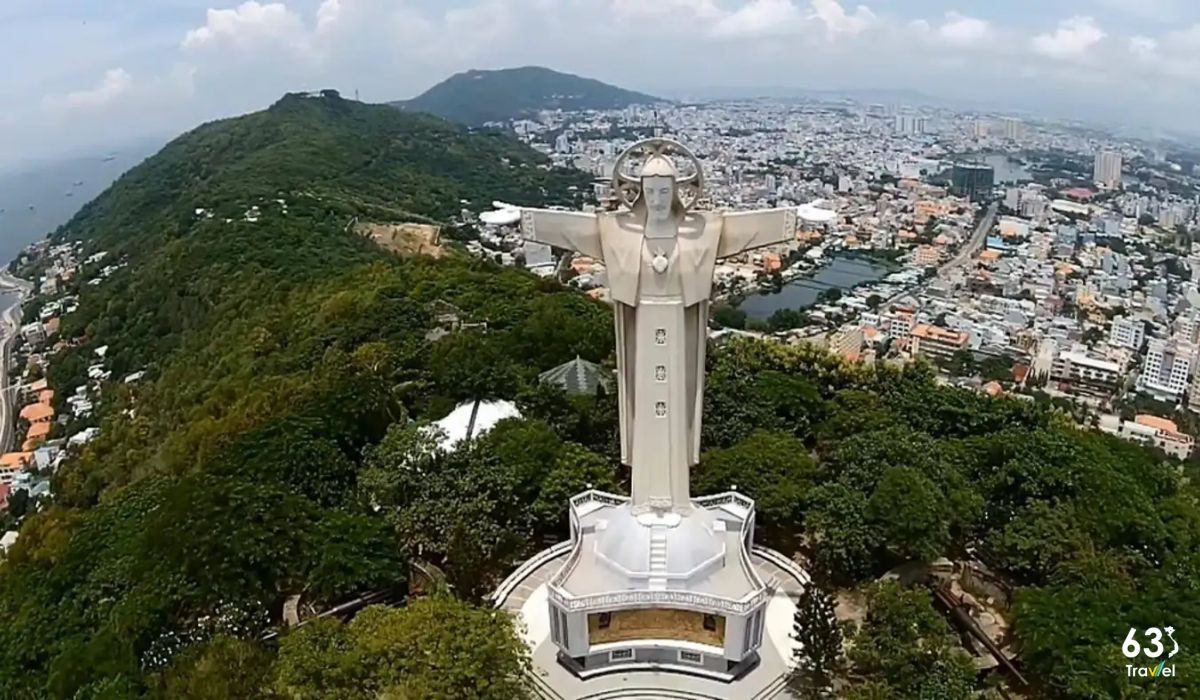
Visit the statue of Christ in Vung Tau to see the beautiful view
The journey to the statue requires visitors to overcome more than 800 steps, but the worthy reward is the view of the immense sea and beautiful city from above. Inside the statue there is a spiral staircase leading up to the Lord's shoulder, from there, visitors can admire the panoramic view of Vung Tau with a comprehensive and impressive view, making each step more meaningful and memorable.
>> Should read: Outstanding tourist attractions in the two seasons of the South are unbelievably beautiful
Alley on Tran Phu street
Tran Phu Alley in Vung Tau is an attractive destination for those who are passionate about exploring small street corners and experiencing the rustic beauty of local life. Nestled in a peaceful residential area, this alley stands out for its cleanliness, airiness and shade of trees.
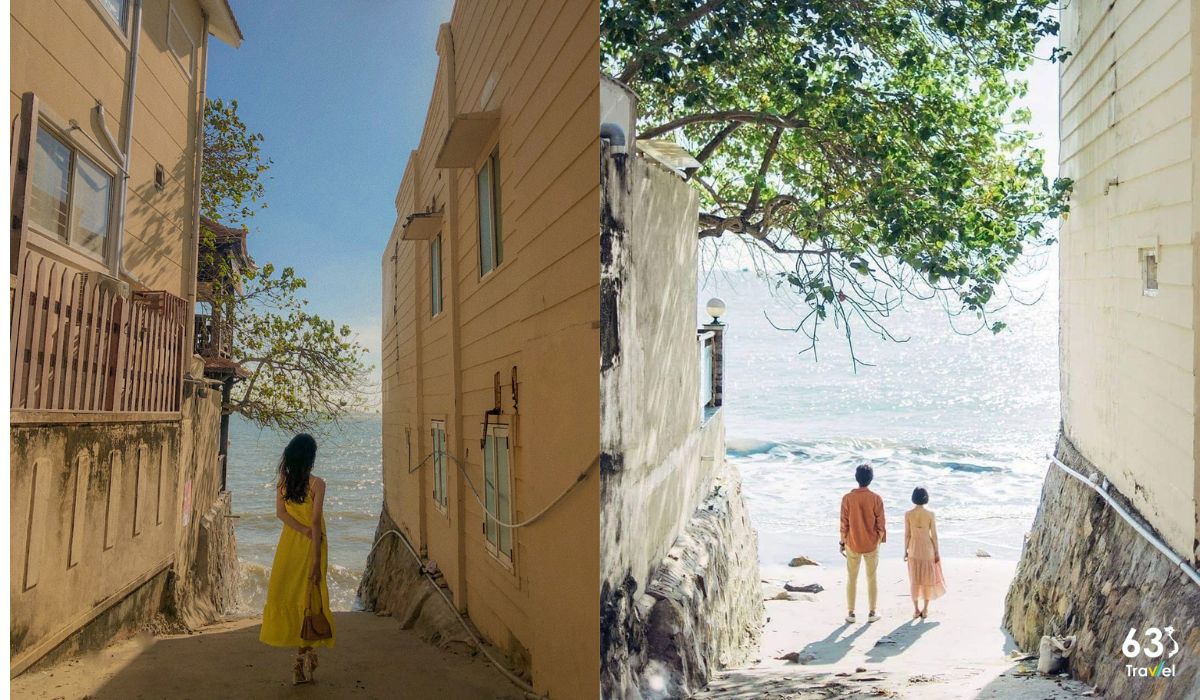
Virtual living alley with "thousands of likes" on Tran Phu - Vung Tau street
Ancient houses and beautiful small cafes along both sides create a warm, cozy space. Creating a space that invites visitors to indulge in relaxing moments and enjoy the quiet in the heart of the city.
Temple of Our Lady of Bai Dau
Bai Dau Temple, located on the slopes of Big Mountain in Vung Tau, is a famous and sacred pilgrimage site for Catholics. Inaugurated in 1969, this holy temple has become a place that attracts a large number of tourists and locals to pray and seek tranquility.
The highlight of the temple is the 25-meter-high statue of the Virgin Mary, standing tall on the top of the hill, with open arms as if embracing the sea and protecting fishermen. The temple's architecture is a delicate combination of modern and classical styles, creating a solemn yet extremely peaceful space, inviting people to find peace and faith in the natural landscape. majestic nature.
Marina Marina
Marina Marina is an ideal destination for those who love yachts and sea activities. With a modern and luxurious design, the marina not only provides moorings for yachts but is also the perfect space to hold events, parties and conferences.
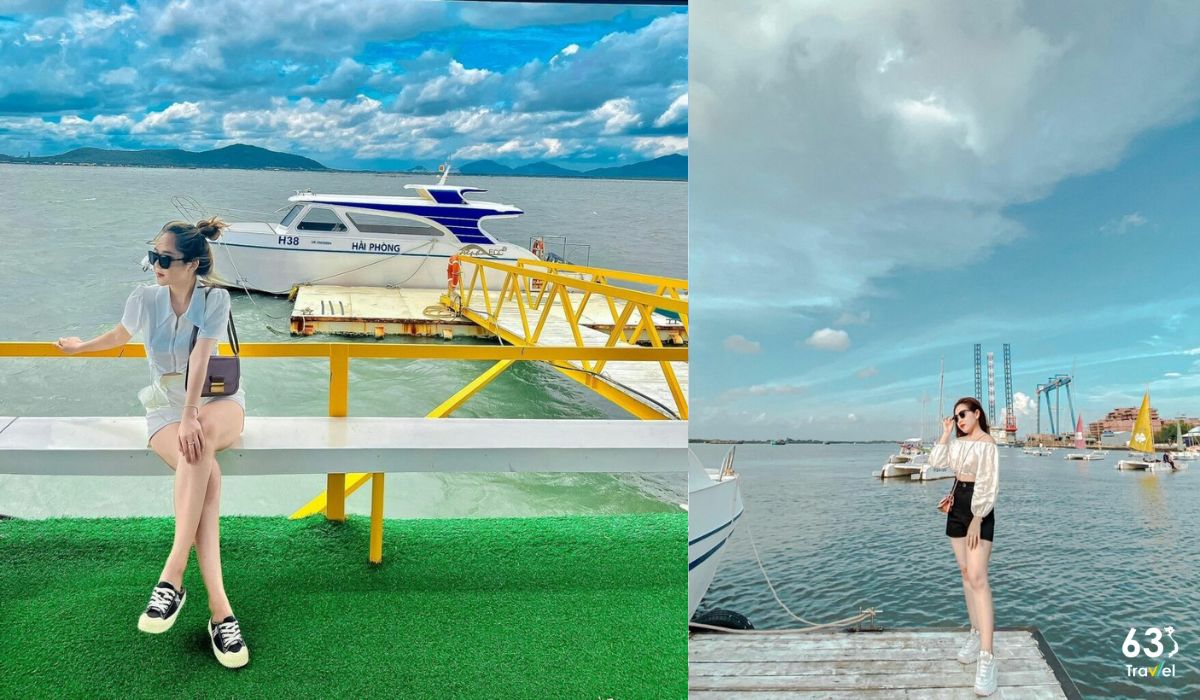
Vung Tau Marina Pier - A virtual living spot as beautiful as the Western sky
From the marina, visitors can admire the breathtaking beauty of the sea and enjoy the fresh air. Marina is truly a highlight of Vung Tau tourism, offering a luxurious and inspiring experience.
Long Phuoc Tunnels
The Long Phuoc tunnel system, stretching through five hamlets: East, West, South, North and Phuoc Huu in Long Phuoc commune, about 7 km from Ba Ria city center, is a unique military wonder. These clusters of tunnels are connected by a backbone network, including secret bunkers containing food reserves and battle fortifications, forming an effective defense system against enemy attacks. enemy.
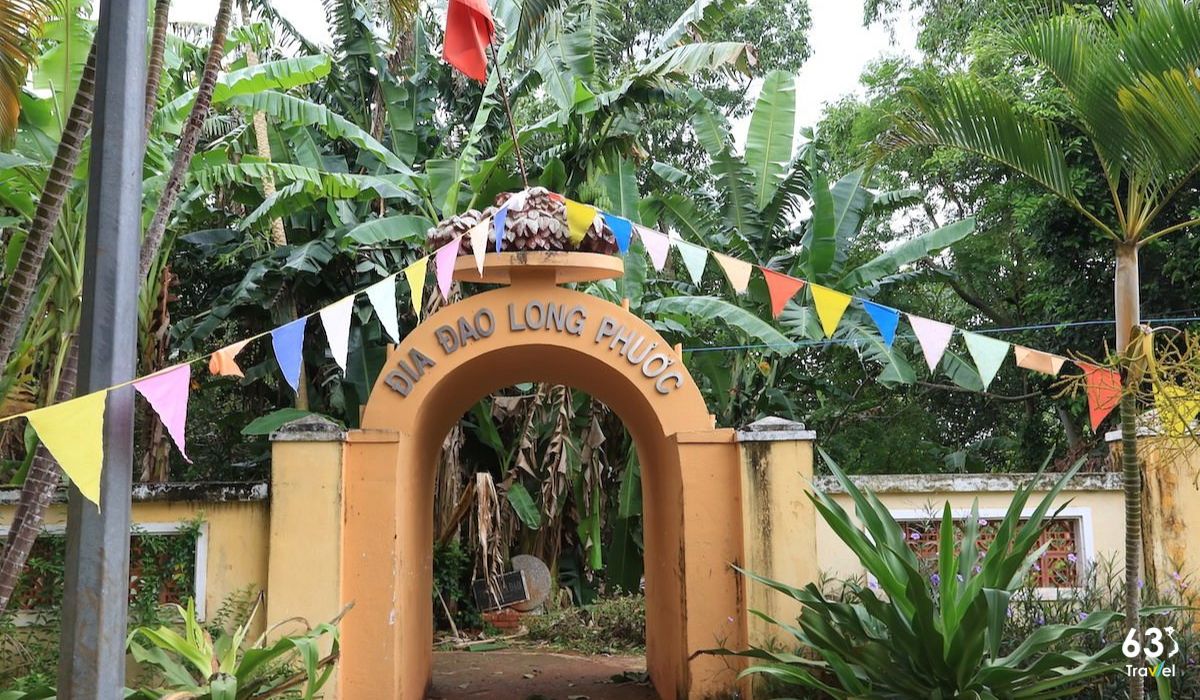
Kim Long Tunnel - The heroic legacy of the people of Dat Do region
In October 1949, thanks to this tunnel system, the revolutionary armed forces succeeded in defeating the French army's raid, firmly protecting hamlets and revolutionary bases. By April 1963, the tunnel system was restored and expanded into a more solid continuous system. The tunnel's backbone is located 2-3 meters above the ground, with a height of 1.5 to 1.6 meters and a width of about 60-70cm, providing important protection and strategy during battles.
Hon Ba
Hon Ba is a beautiful small island located in the middle of Vung Tau sea, near Nghinh Phong cape and about 200 meters from the foot of Small Mountain, a famous spiritual destination. On the island, you will find a temple dedicated to the Water Dragon Goddess, a sacred site highly respected by the locals.
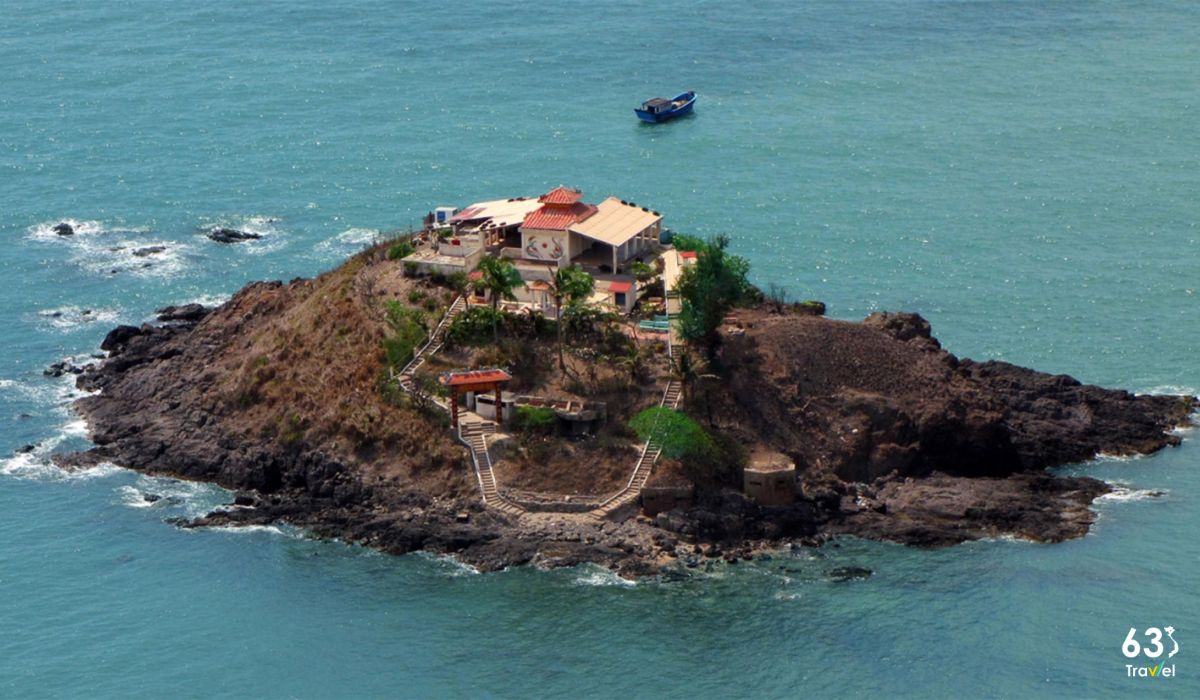
Hon Ba Vung Tau - Explore the mysterious road in the middle of the amazing sea
To get to Hon Ba, you can choose to take a boat or wait until the water recedes to walk through the small oyster stone road leading to the island. However, please note that the rocky path is only visible at low tide, so you should check the low tide schedule before setting off.
In addition to its spiritual value with the ancient Hon Ba temple built in 1881, the island also attracts tourists with its wild and peaceful beauty. This is the ideal place for you to find tranquility, enjoy the seascape of Vung Tau and immerse yourself in the peaceful natural space.
Vung Tau melaleuca lake
Ho Tram is located between Long Hai and Binh Chau, a famous beach destination with fine white sand and clear blue sea water. This place offers a peaceful and relaxing space, ideal for those who want to take a break from the hustle and bustle of the city.
The Ho Tram area stands out with high-end resorts, providing luxurious services such as relaxing spas, green golf courses and classy restaurants. Visitors can comfortably swim, fish, or explore the beauty of the nearby Binh Chau - Phuoc Buu primeval forest.
Vung Tau Bougainvillea Street
Vung Tau Bougainvillea Street is an enchanting destination, featuring a series of brilliantly blooming bougainvillea trees, stretching out to create a beautiful natural picture. Although bougainvillea blooms all year round, they are especially brilliant and attractive in spring and summer, when blooming clusters create a lively highlight for the space.
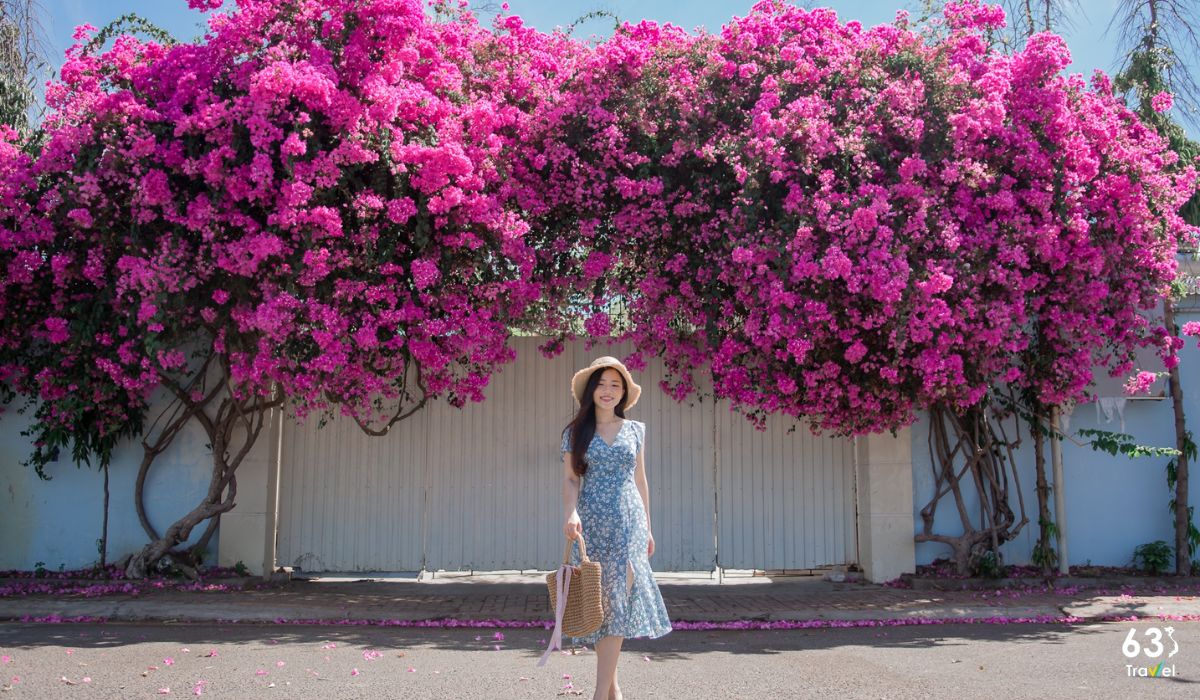
Step into the "Land of Vung Tau bougainvillea streets"
This is an ideal place for visitors to stroll, take colorful photos and enjoy the fresh air of the sea. With dreamlike beauty and the perfect combination of color and nature, Vung Tau Bougainvillea Street promises to bring memorable experiences and wonderful moments of relaxation.
Lens Studio “Japanese Town”
Lens Studio “Japanese Town” is a captivating destination, offering an immersive experience in authentic Japanese culture. With sophisticated architecture and unique design, this place truly recreates the beauty of traditional towns in the land of cherry blossoms.
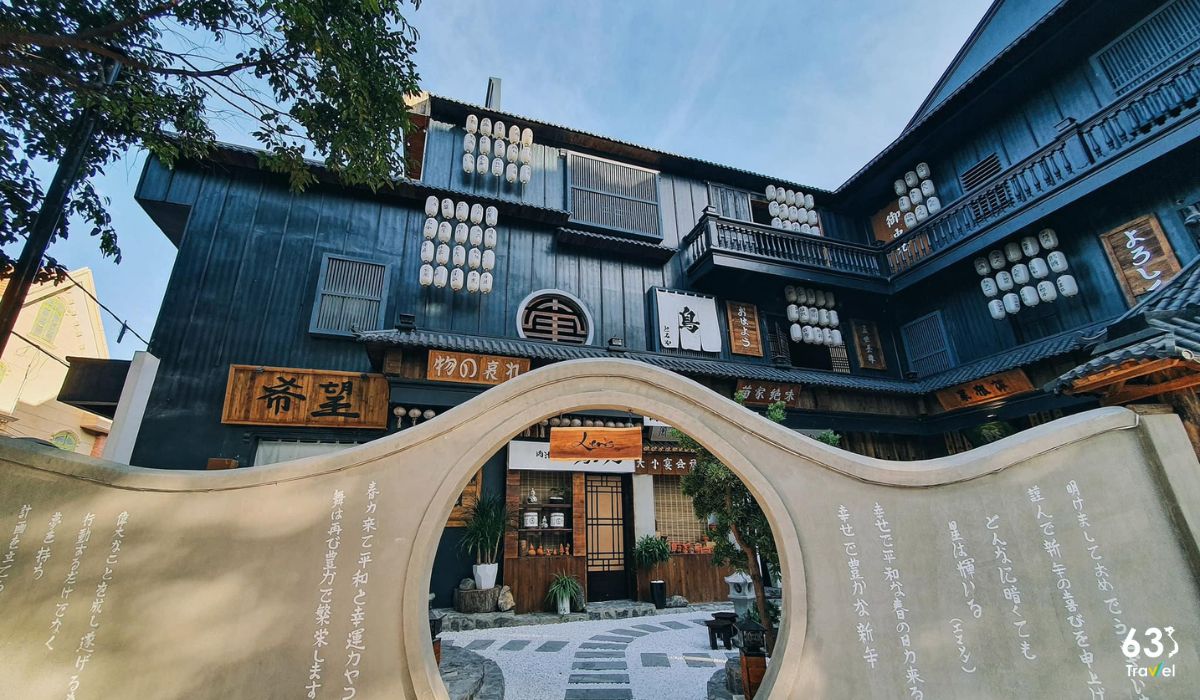
The Japanese-style coffee shop in Vung Tau never ceases to be hot, young people invite each other to check-in
Visitors will walk on rustic stone streets, admire ancient wooden houses with timeless beauty, and discover typical Japanese culinary flavors. “Japan Town” is not only an ideal place to enjoy a peaceful and tranquil atmosphere, but also an opportunity to experience Japanese culture in a vivid and authentic way.
>> See more: What means of transportation to travel to Da Lat from Ho Chi Minh City?
Cotton flower road
The cotton flower path leading up to Vung Tau Lighthouse is an attractive path, captivating visitors with its natural beauty and extraordinary peace. Winding along the slopes of Small Mountain, the road is covered by rows of tall cottonwood trees. Every season when the cotton balls fall, the pure white petals gently flutter down, creating a romantic and dreamy scene.
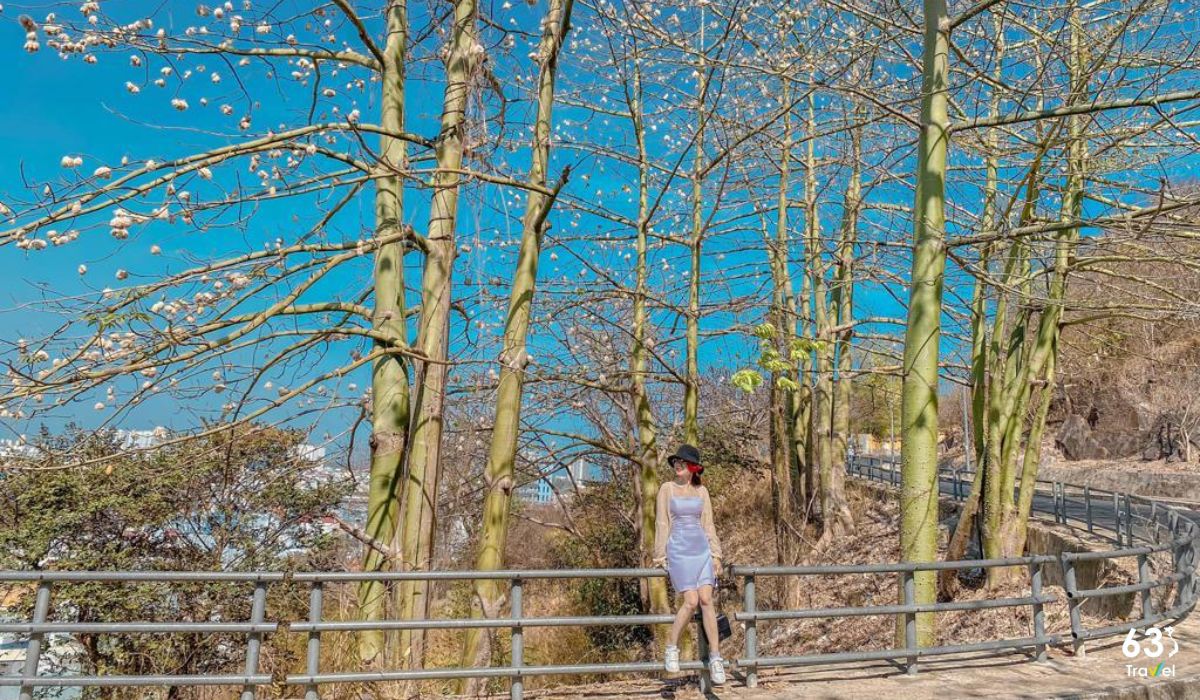
Fall in love with Vung Tau's cotton tree road, as beautiful as romantic Korea
Walking on this road, visitors will enjoy the fresh and cool air, while the sunlight through the foliage creates beautiful light and dark patches. The cotton flower road is not only an ideal place to relax and stroll but is also an impressive experience, making each trip unforgettable.
Con Dao
Con Dao is not only a great tourist destination but also marks a period of anti-French and anti-American history of the Vietnamese people. Con Dao - a pristine archipelago located in the south-west of the East Sea, about 97 nautical miles from Vung Tau and 100 nautical miles from Ca Mau cape, stands out with its natural beauty and special historical value.
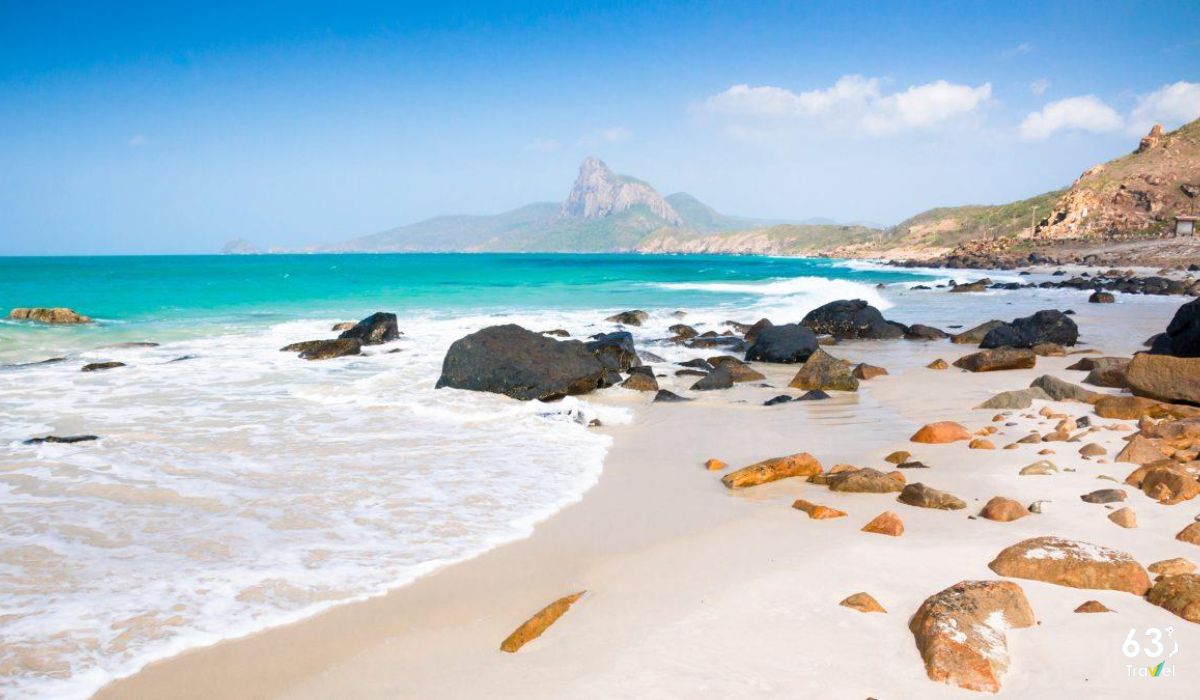
Con Dao - a priceless pearl in the middle of the blue ocean
Also known as Con Son, includes 16 small islands with rich marine ecosystems and historical relics associated with the nation's struggle for independence. With fine white sand, clear blue sea water and green coconut trees, famous beaches such as Bai Dam Trau, Bai Nhat, Bai Dai and Bai Suoi Nong offer beautiful and peaceful scenery.
In addition to its natural beauty, Con Dao also attracts tourists by its diverse flora and fauna. Trekking and forest exploration activities bring interesting experiences. In particular, tourists should not miss Con Dao prison, which used to be hell on earth during the French colonial and American puppet periods. Here, you can visit tiger cages, rice milling tunnels and learn about the great sacrifices of revolutionaries, contributing to the nation's heroic history.
Ba Ria Round House
The Round House is also popular with city residents. Ba Ria, called the water tower (French: Chateau d'eau), is a prominent historical site associated with the development of the region in the early 20th century. Built by the French along with the construction churches and rubber plantations, the Round House used to be a building serving the ruling apparatus and soldiers.
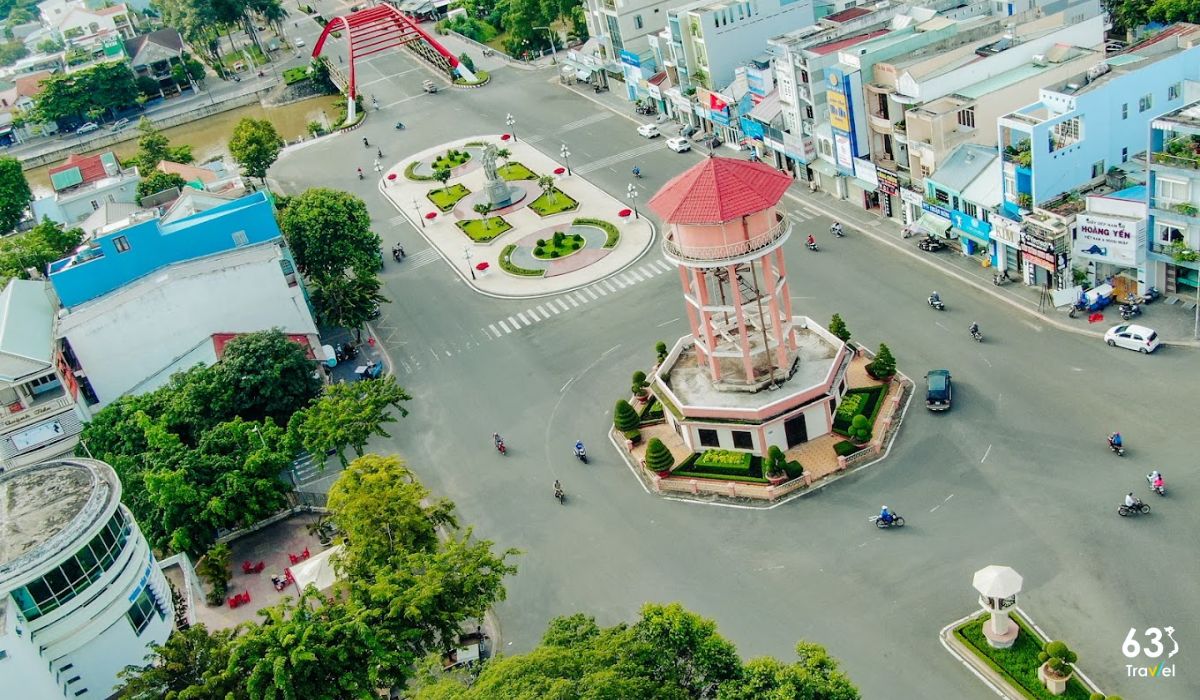
Round House - A hundred-year-old historical relic in Ba Ria city
The Round House is 20 meters high with a typical architecture of a circular water tank, covered with a corrugated iron roof with a diameter of more than 7 meters. In 1945, the Japanese installed an alarm system consisting of 6 air horns under the water tank and this system is still operating today.
The Round House was recognized as a national monument in 1987 and is currently an attractive destination for tourists, where they can visit and participate in exhibitions. In particular, the Round House is also famous for being the residence of swallows, bringing a unique feature and attracting more attention to this monument.
Long Hai Beach
This beach still retains its wild and clean appearance, making it an ideal destination for backpacking groups who love camping overnight to immerse themselves in the fresh and cool nature. The smooth golden sand stretches, blending with the green of the quiet poplar trees, creating a charming and peaceful scene.
In addition to swimming, visitors also have the opportunity to enjoy fresh and cheap seafood in the early morning. This is the ideal time to experience the taste of the sea, while enjoying wonderful relaxation in the peaceful space of the beach.
Go Gang Island
Go Gang Island, only about 3km from Vung Tau city center, is a charming destination for those who wish to explore the wild and peaceful beauty of nature. With a cool green beach, smooth white sand and shady green coconut trees, this island is not only a paradise for picnics and camping but also an ideal place to relax and get away from the hustle and bustle of life. of the city.
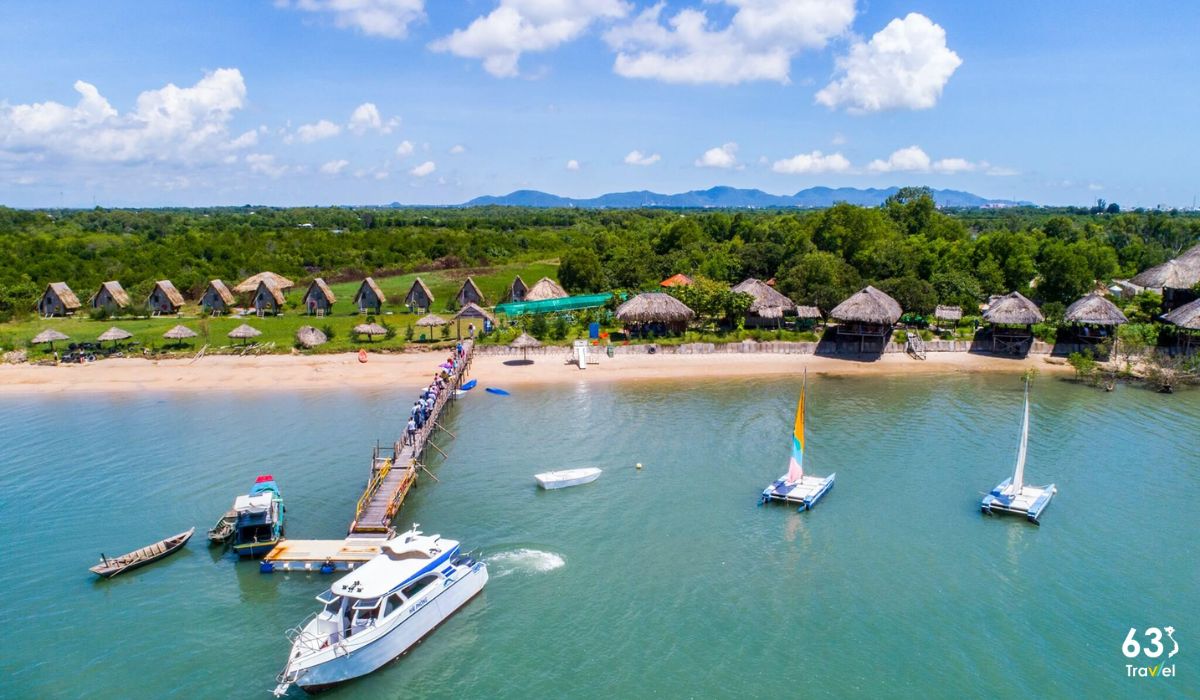
Go Gang Island - An interesting place to discover rafting villages in Vung Tau
At Go Gang Island, visitors can participate in many interesting activities such as fishing, kayaking and exploring magnificent coral reefs under clear blue water. Besides, small fishing villages on the island offer the opportunity to experience the life of local fishermen and enjoy fresh seafood, contributing to making your trip more memorable.
Bieu Suoi Oh
Suoi O Beach in Ba Ria - Vung Tau is one of the unique destinations in Vietnam, where fresh water and salt water blend. Known for its clean beauty and fine white sand, this place is almost free of trash, creating ideal conditions for fun activities.
With a large and airy space, your group can freely organize outdoor games such as water polo, tug of war or sand dune. After hours of fun, you can relax in the clear water or walk along the beach, enjoying the peaceful beauty of nature.
Fresh Water Pass
Nuoc Ngot Pass, located between Long Hai and Phuoc Hai in Ba Ria - Vung Tau province, is a charming destination with majestic and poetic natural beauty. This pass, although not long, stands out with soft curves winding alongside the blue sea and majestic mountains. When crossing the pass, visitors will admire endless sea views, fine white sand beaches and beautiful natural rock rapids.
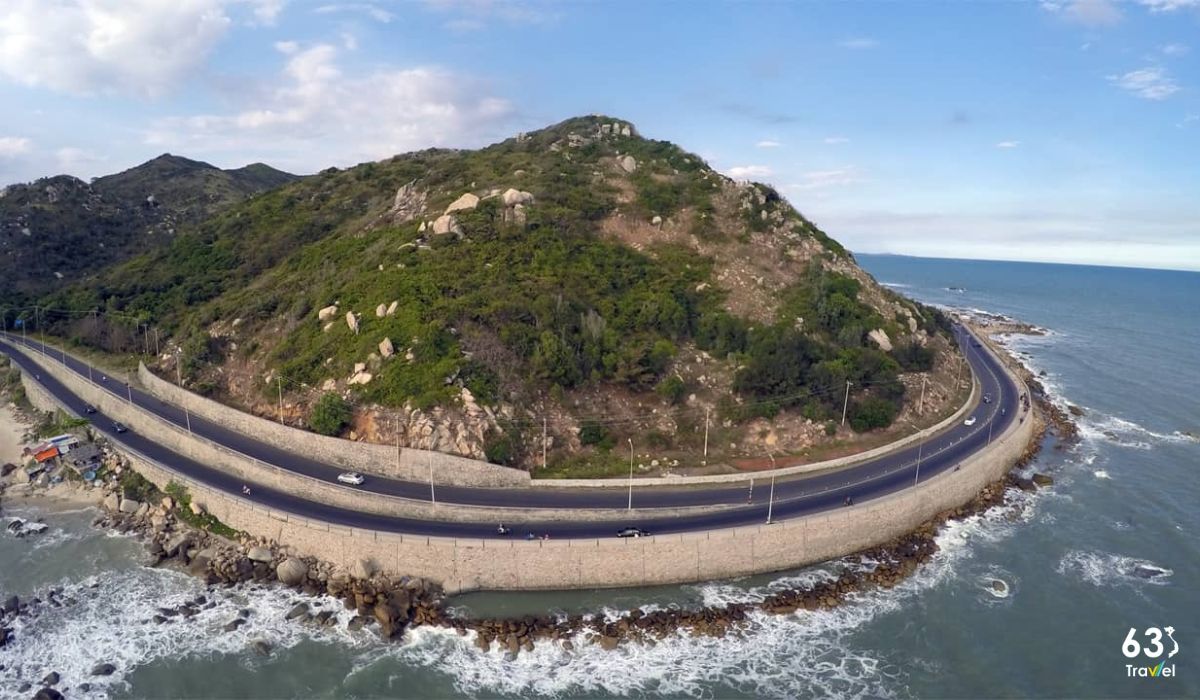
Nuoc Ngot Pass - A tourist paradise that attracts young people in Vung Tau
In addition, this is also an ideal place to stop, take photos and enjoy the fresh air of the sea. During the dry season, the road becomes vibrant with the colors of wildflowers blooming on both sides, creating an attractive scene. This is also an ideal place for picnics and camping at nearby pristine beaches.
The 5km long pass cannot be missed when coming to Long Hai, especially in the last months of the year, when this place is bustling with tourists. A special highlight of the pass is the blooming cherry blossom forest halfway up the mountain, planted by the Japanese during the war. Over time, this cherry blossom forest has become an attractive destination for many domestic and foreign tourists.
Above is a list of 28 famous and attractive tourist destinations in Ba Ria Vung Tau for tourists to visit and check-in virtually. Each location will give you the most interesting and wonderful experiences. Let's save these fun spots to have the most wonderful trip to Ba Ria Vung Tau!
Ba Ria Vung Tau
6031 view
Update day
: 18/08/2024
63 Stravel
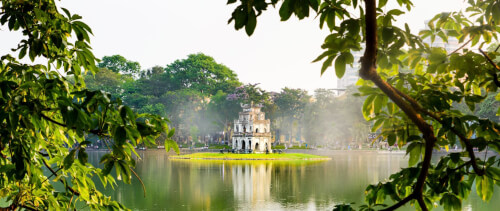 Hanoi (7)
Hanoi (7)
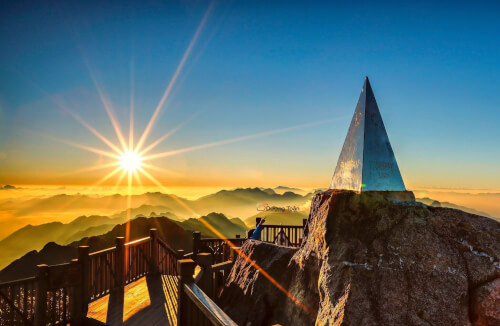 Lao Cai (1)
Lao Cai (1)
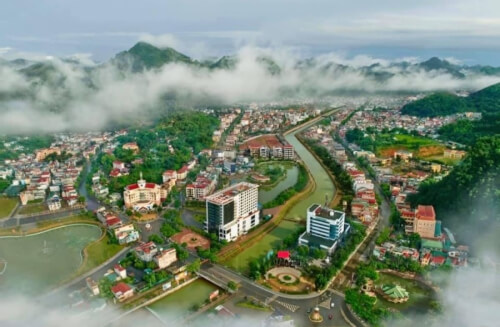 Son La (2)
Son La (2)
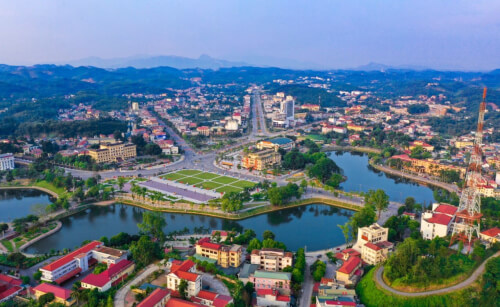 Yen Bai (1)
Yen Bai (1)
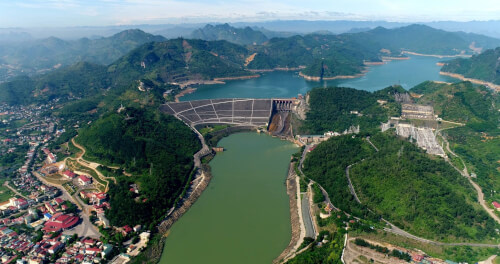 Hoa Binh (1)
Hoa Binh (1)
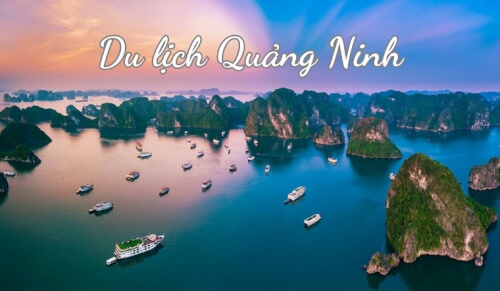 Quang Ninh (18)
Quang Ninh (18)
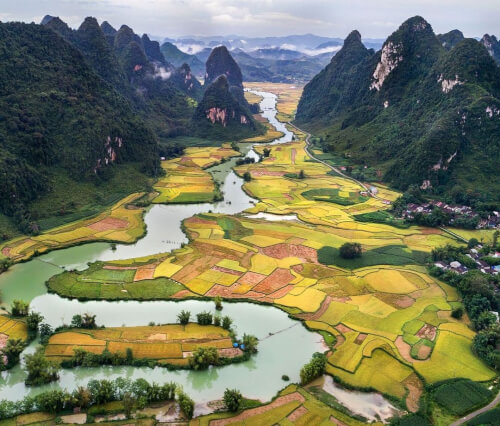 Ninh Binh (1)
Ninh Binh (1)
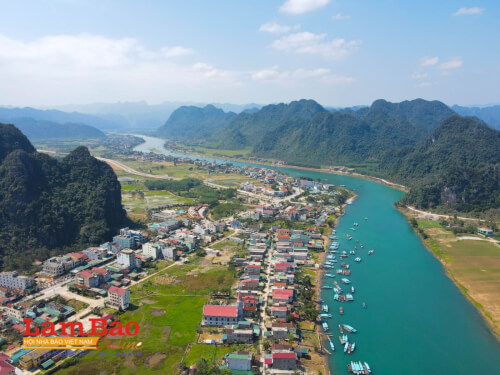 Quang Binh (2)
Quang Binh (2)
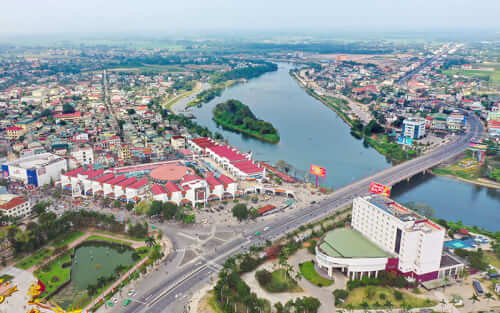 Quang Tri (1)
Quang Tri (1)
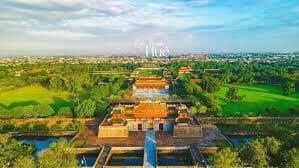 Hue (17)
Hue (17)
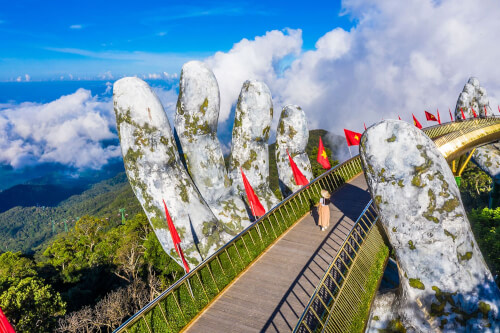 Da Nang (24)
Da Nang (24)
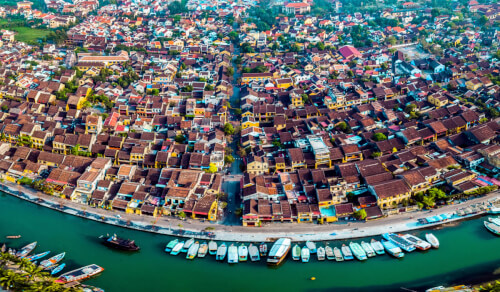 Quang Nam (16)
Quang Nam (16)
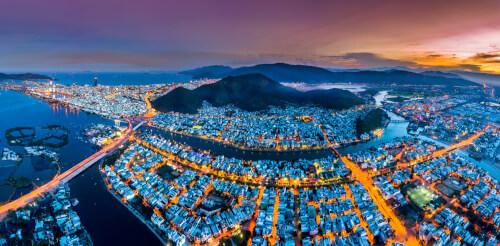 Binh Dinh (1)
Binh Dinh (1)
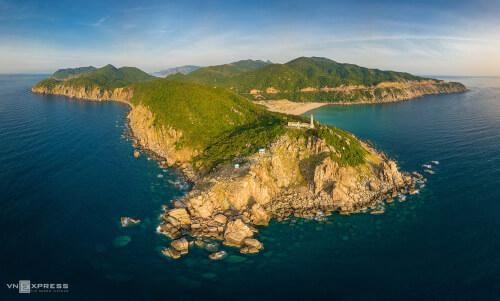 Phu Yen (1)
Phu Yen (1)
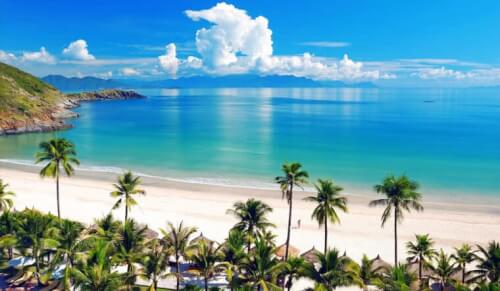 Khanh Hoa (12)
Khanh Hoa (12)
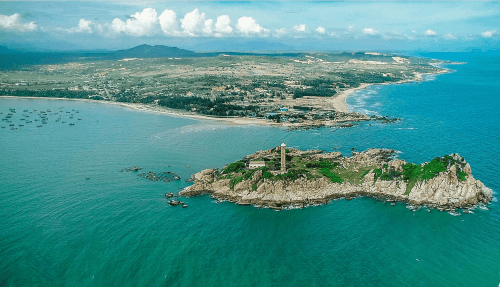 Binh Thuan (1)
Binh Thuan (1)
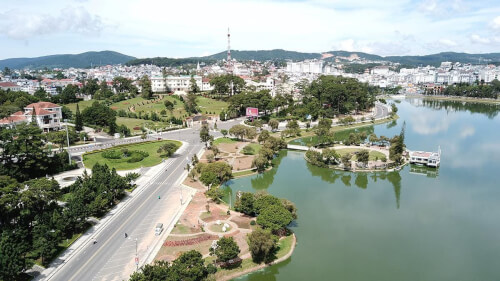 Lam Dong (7)
Lam Dong (7)
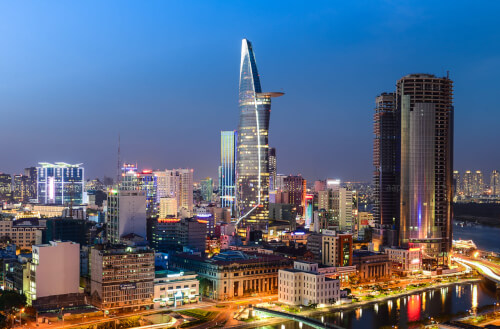 Ho Chi Minh City (3)
Ho Chi Minh City (3)
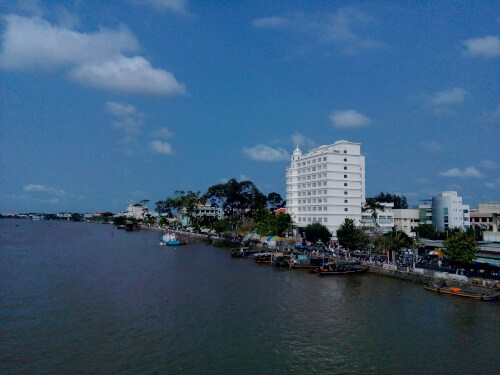 Ben tre (3)
Ben tre (3)
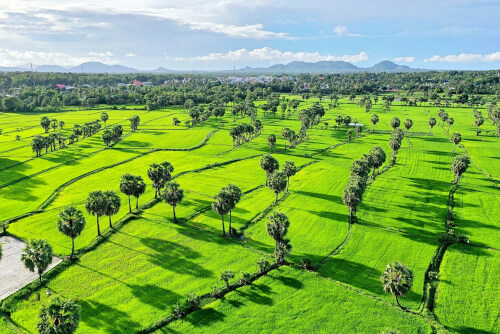 An Giang (1)
An Giang (1)
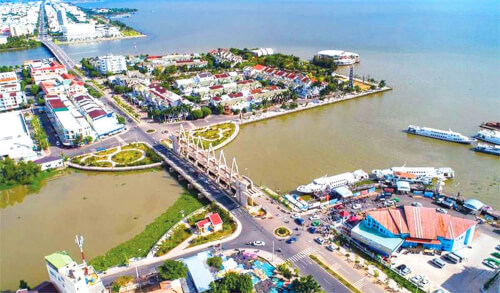 Kien Giang (4)
Kien Giang (4)
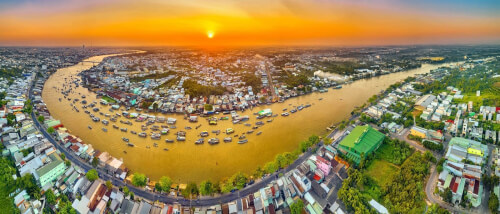 Can Tho (3)
Can Tho (3)
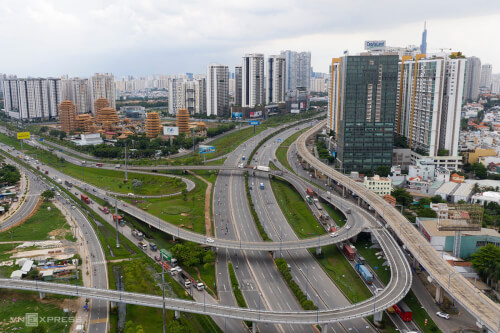 Foreign (3)
Foreign (3)

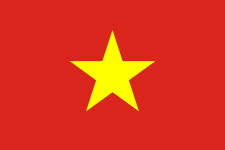 vn
vn en
en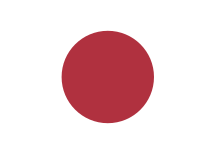 ja
ja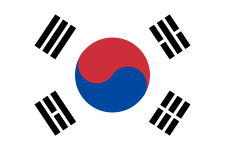 ko
ko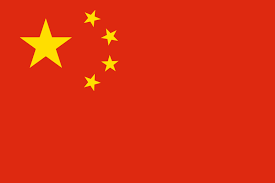 zh
zh


















